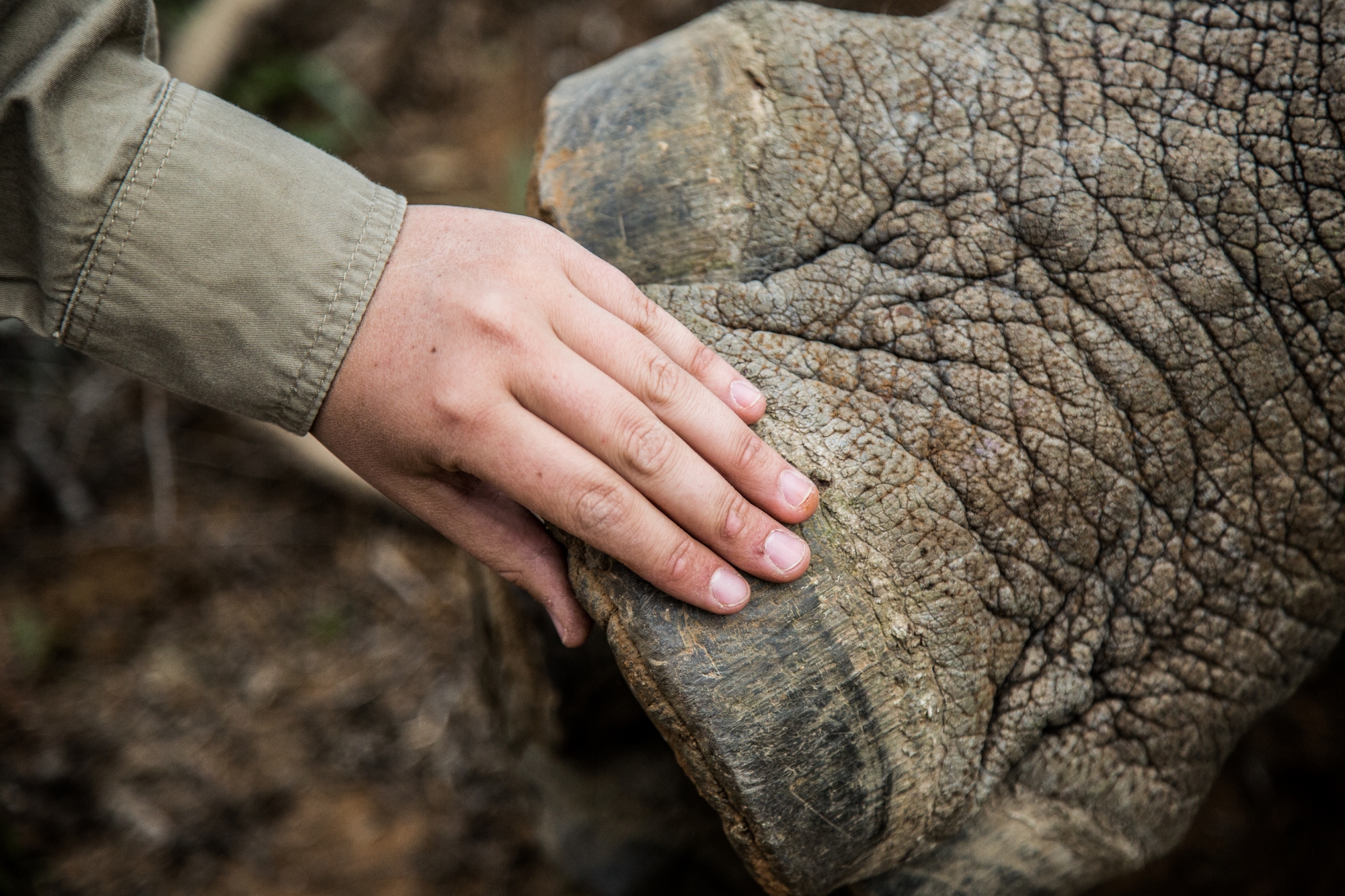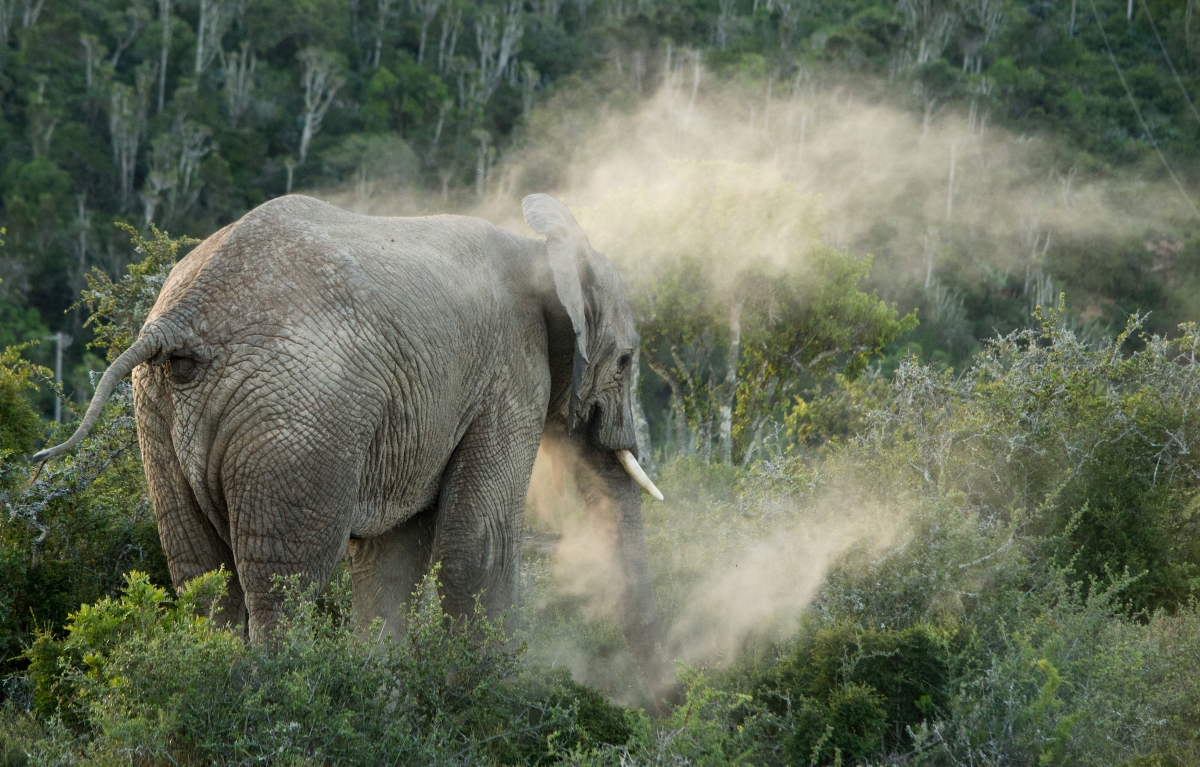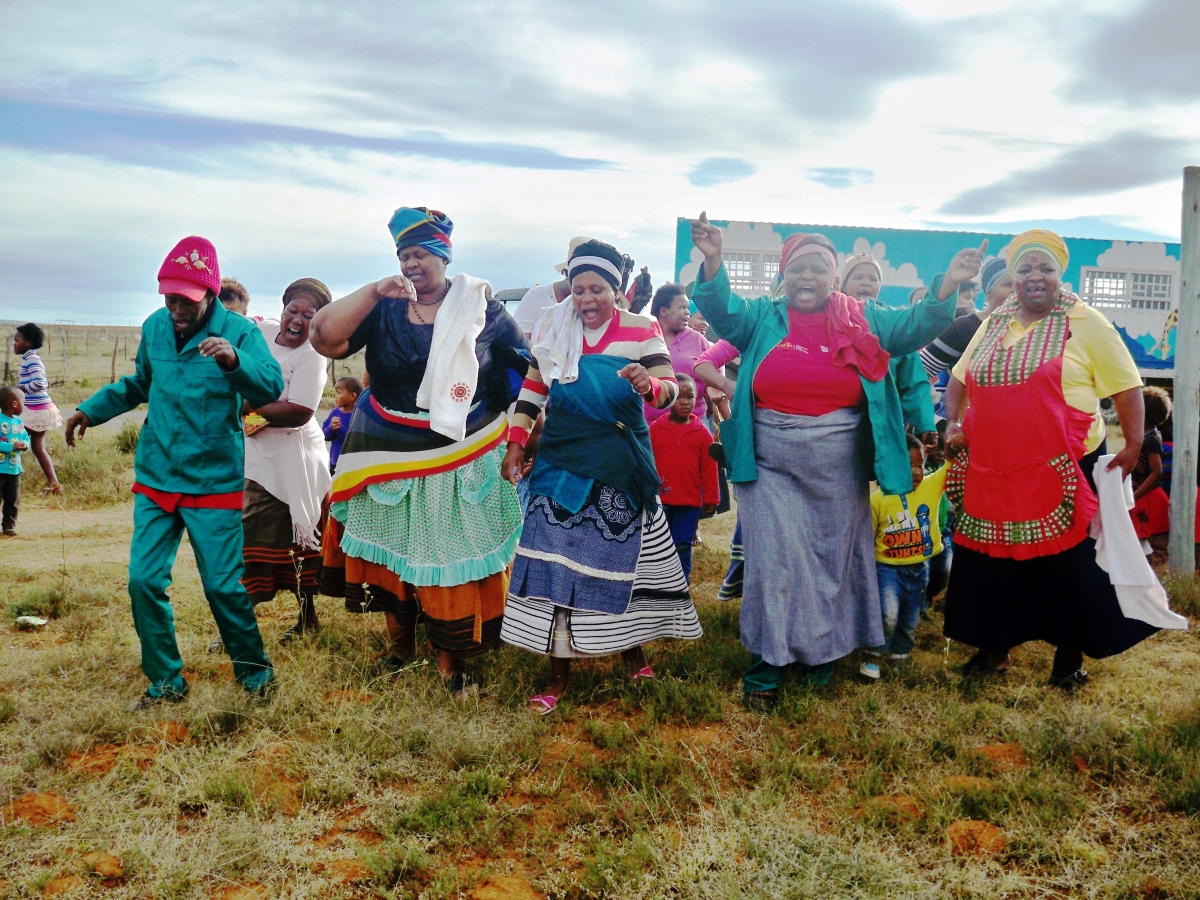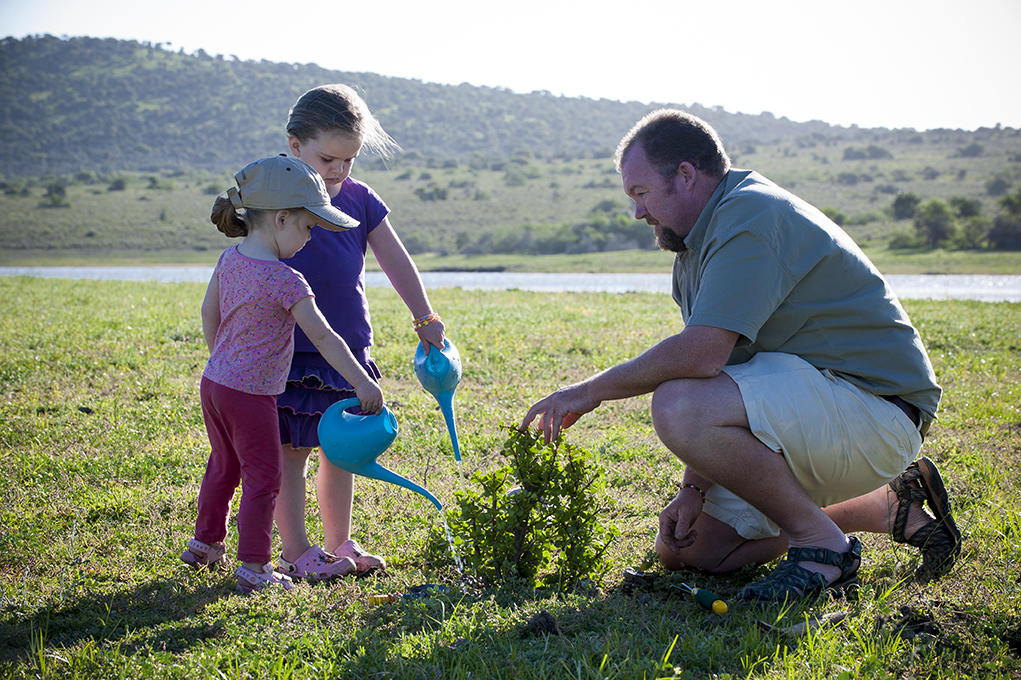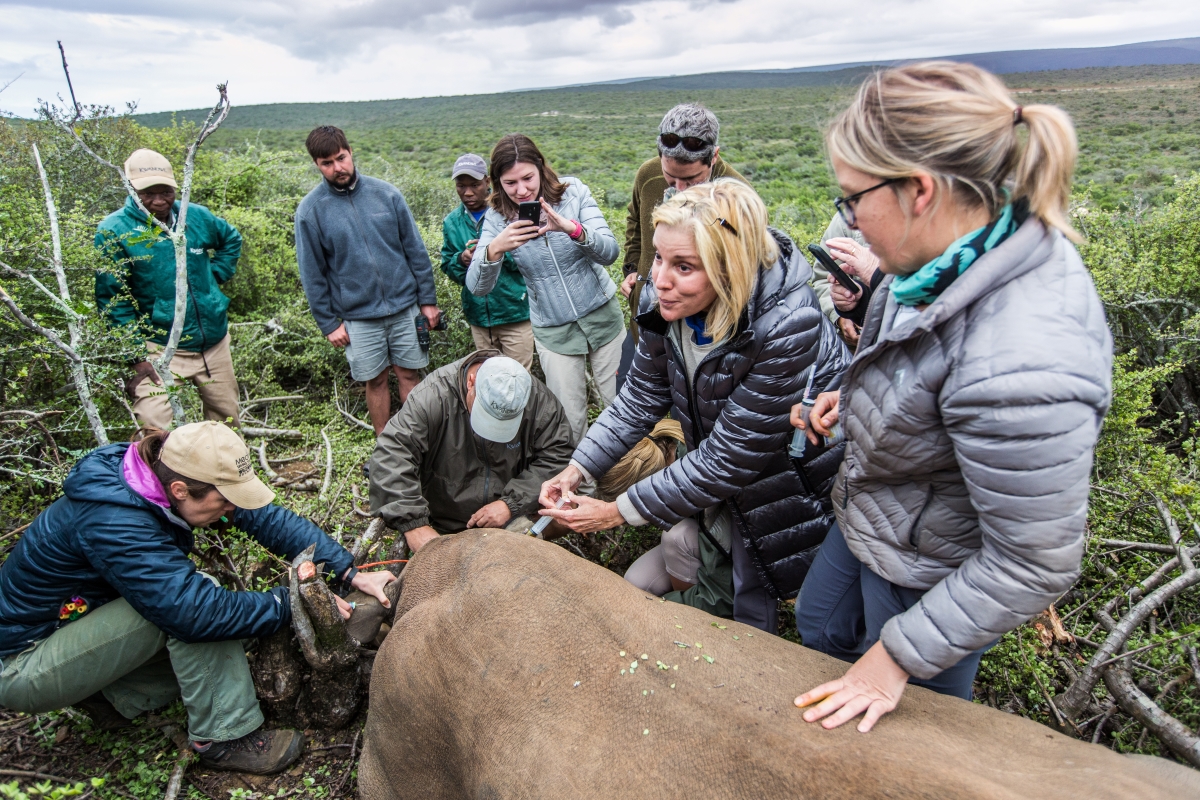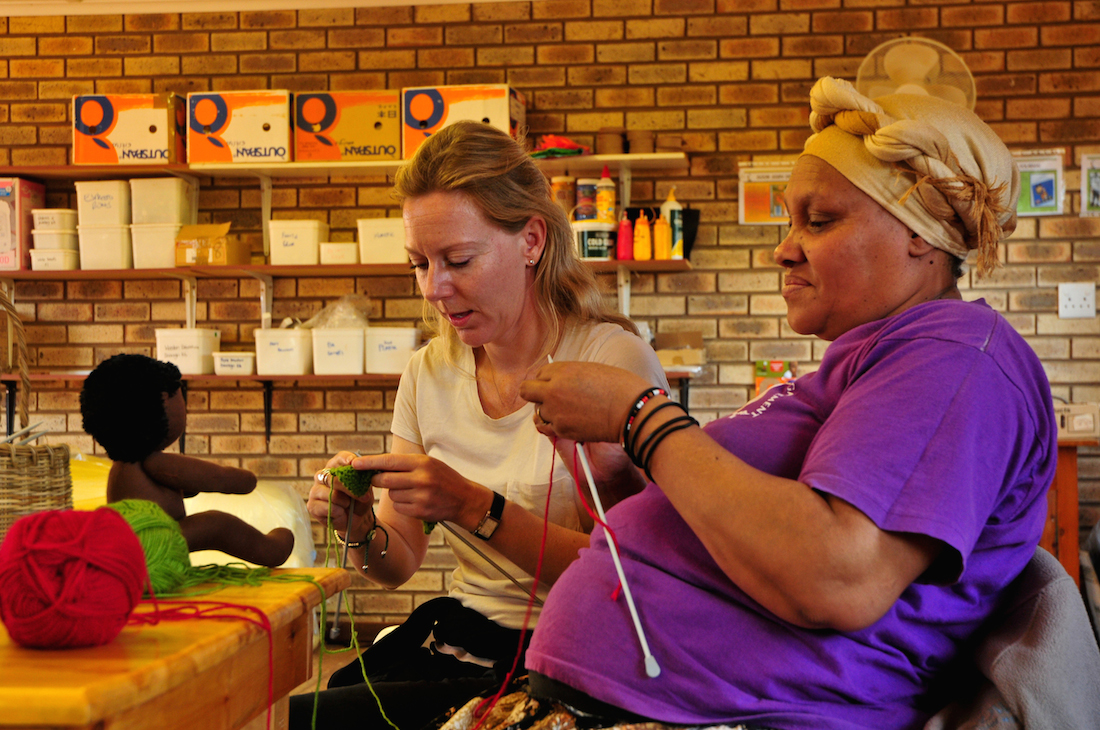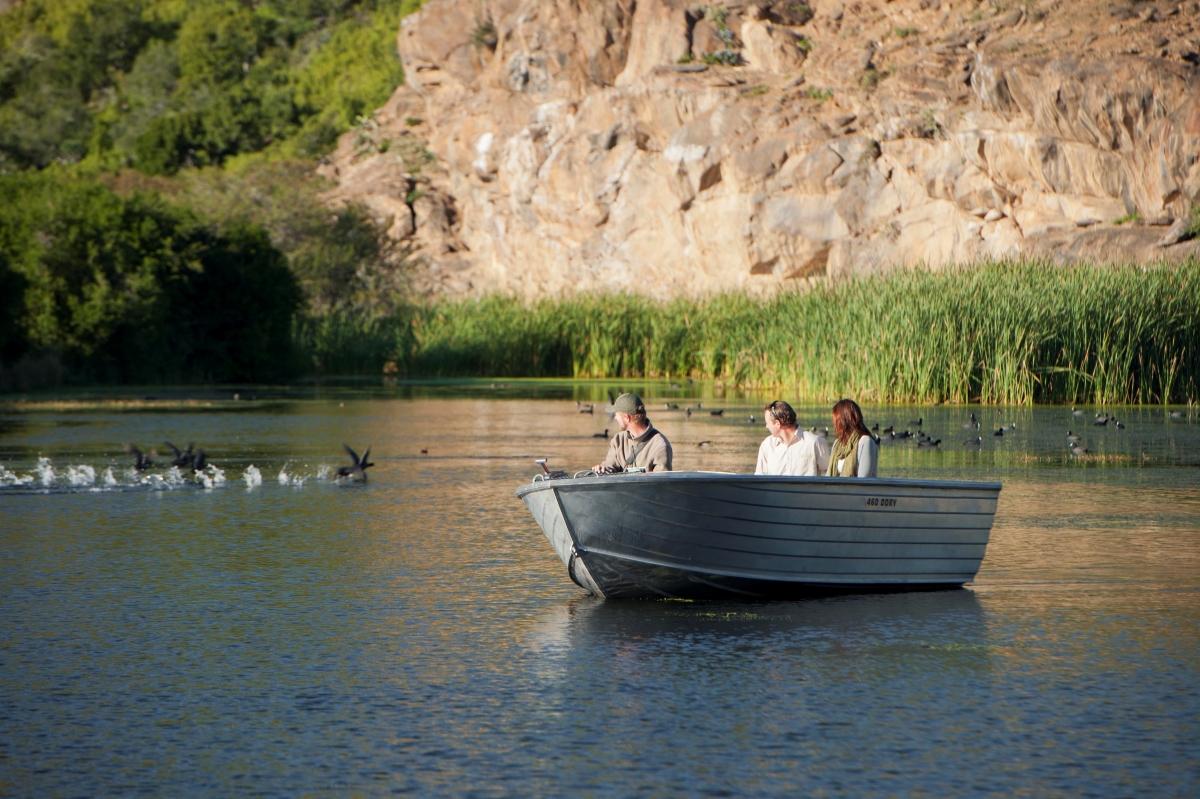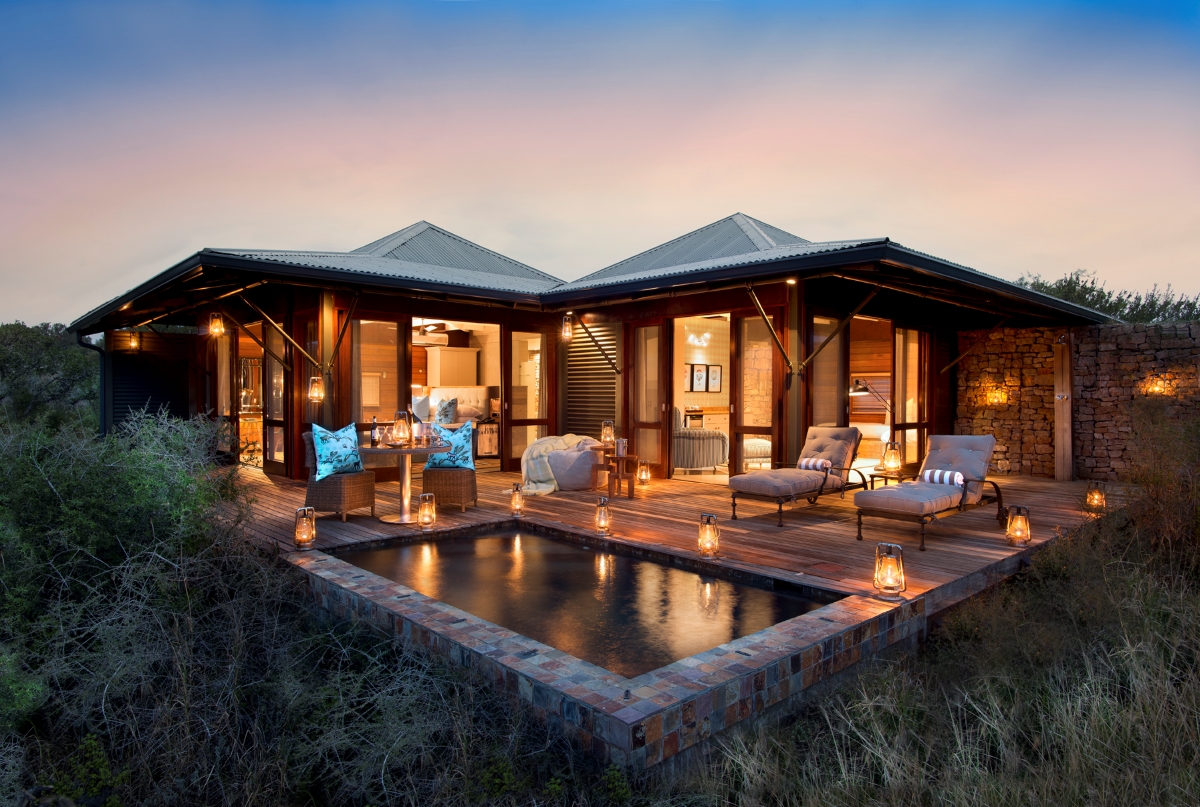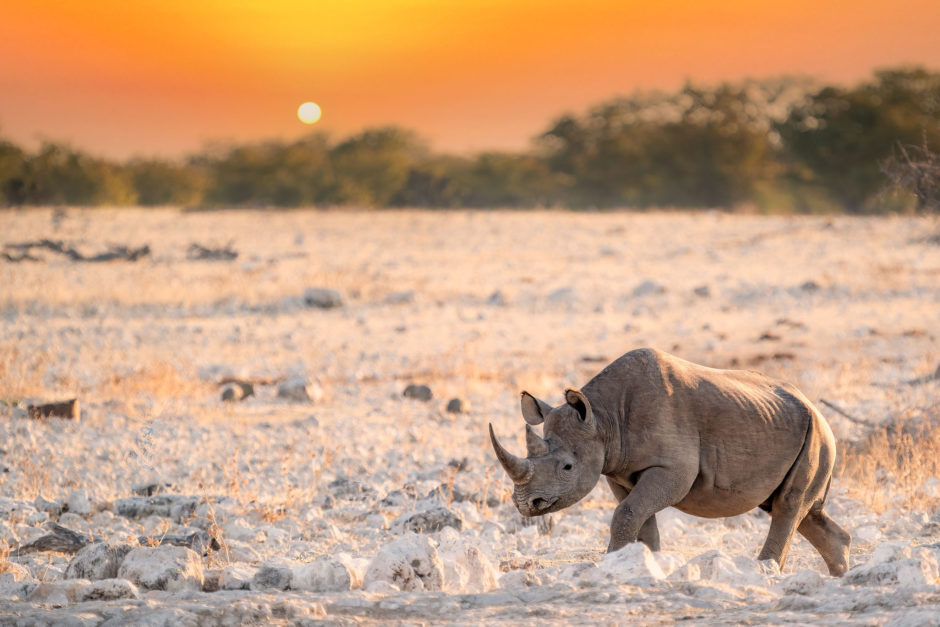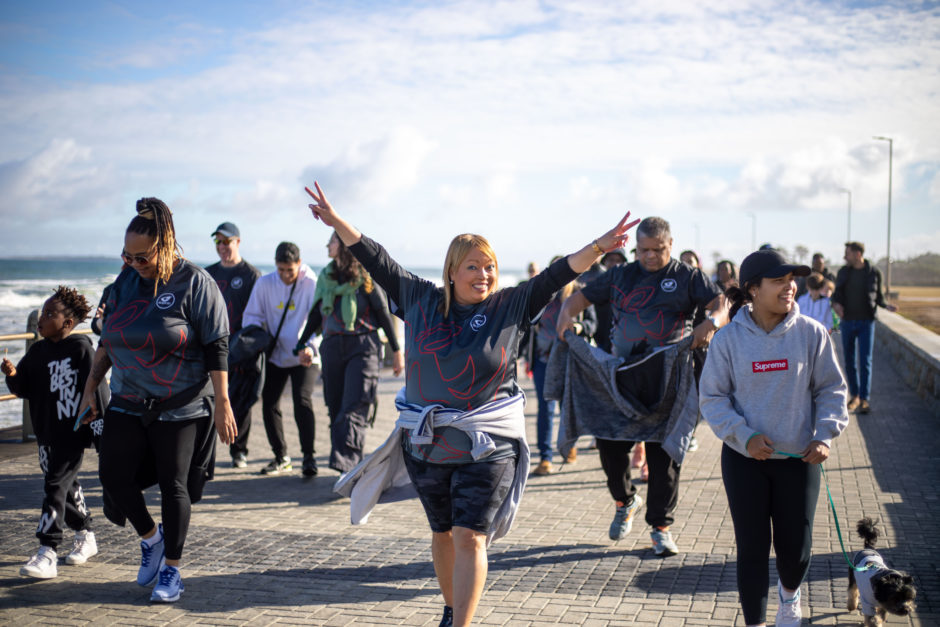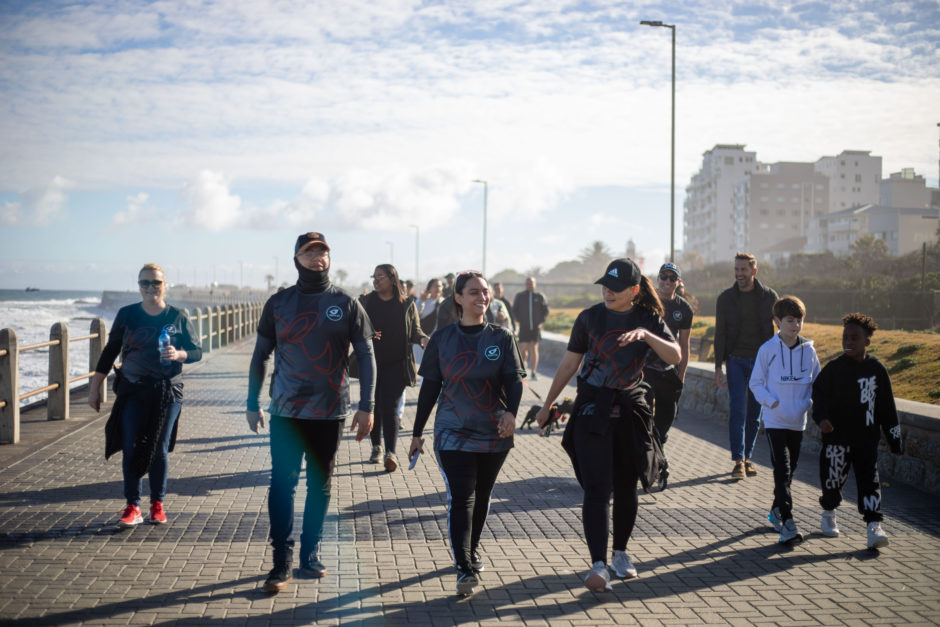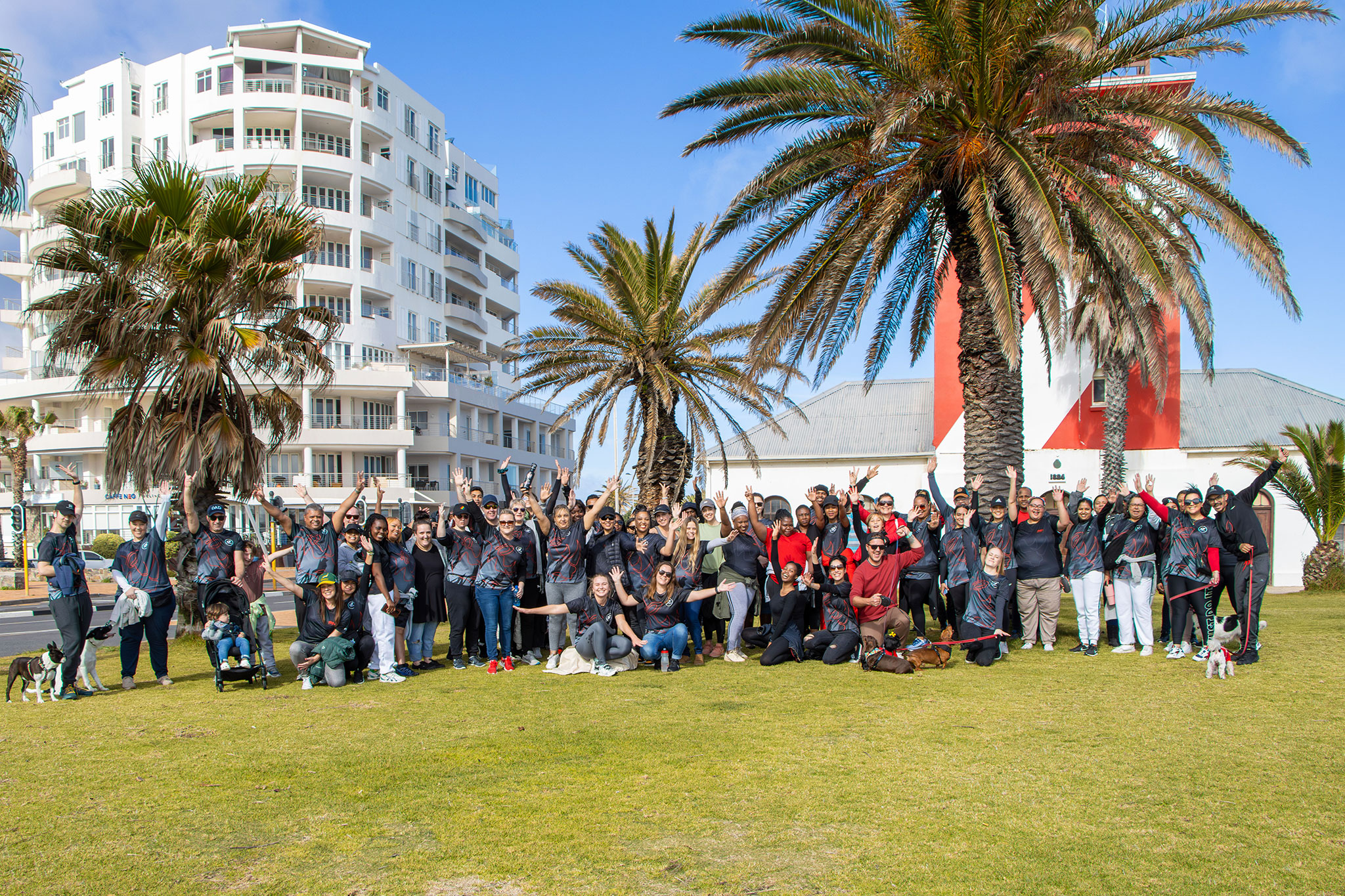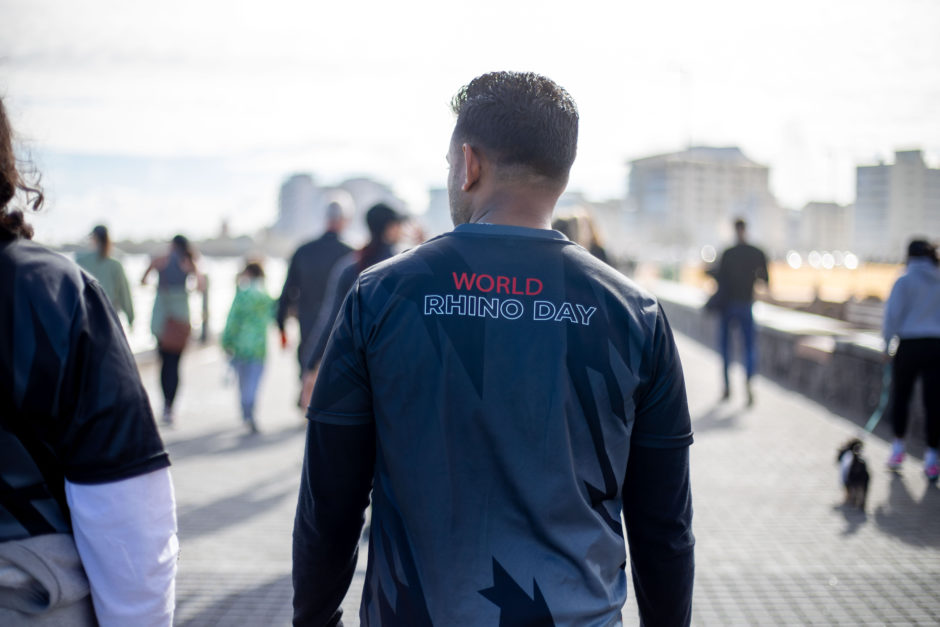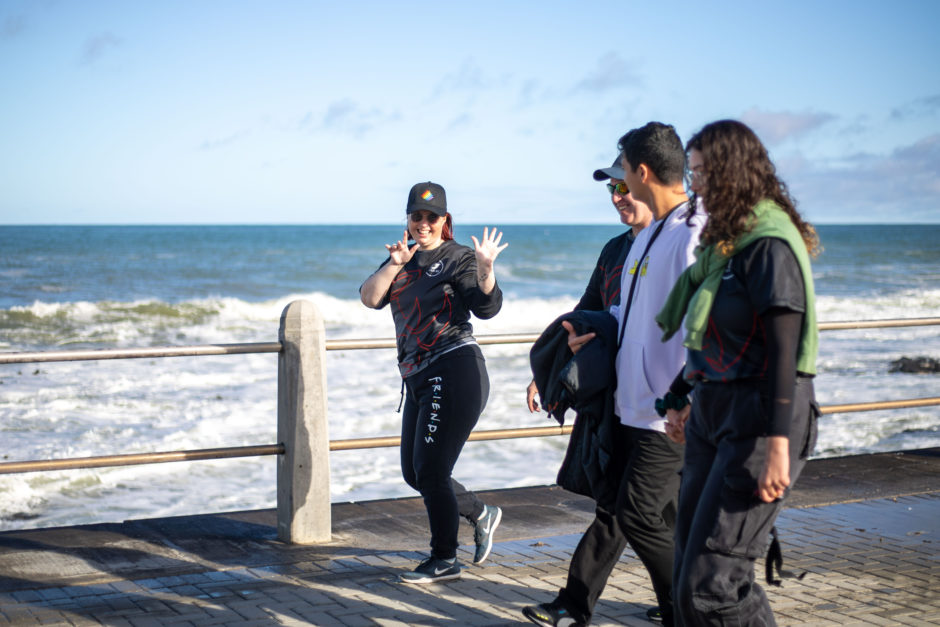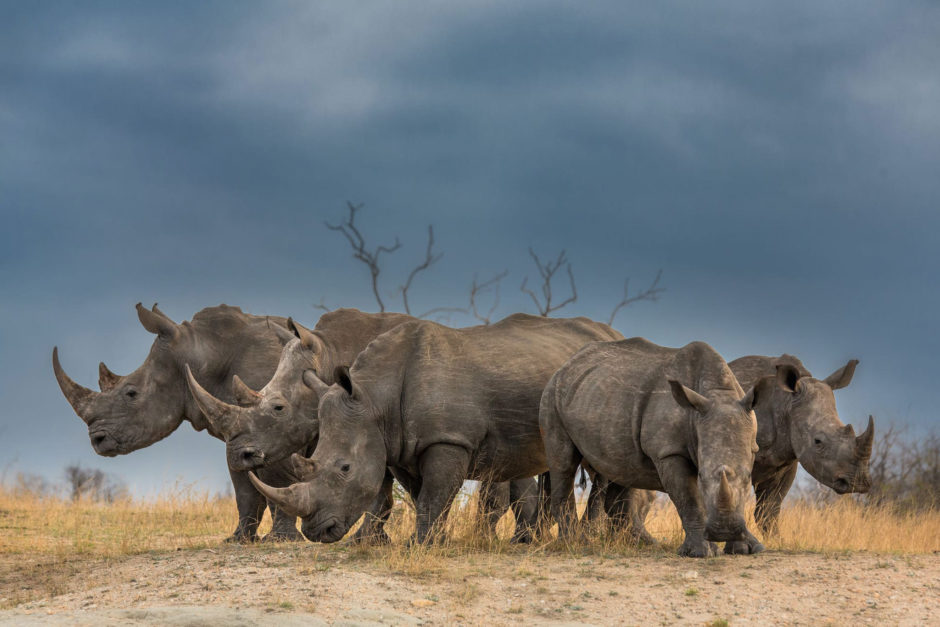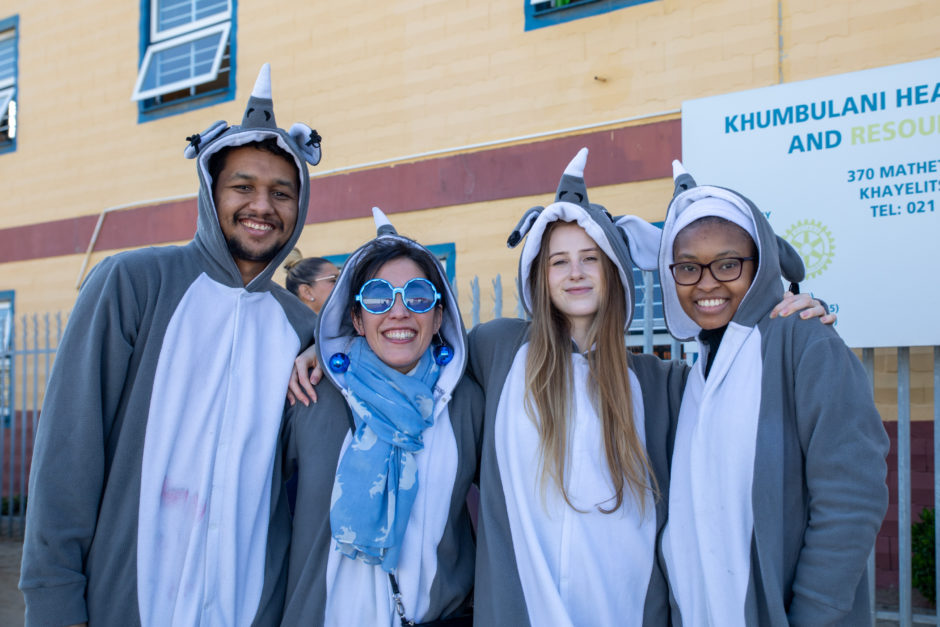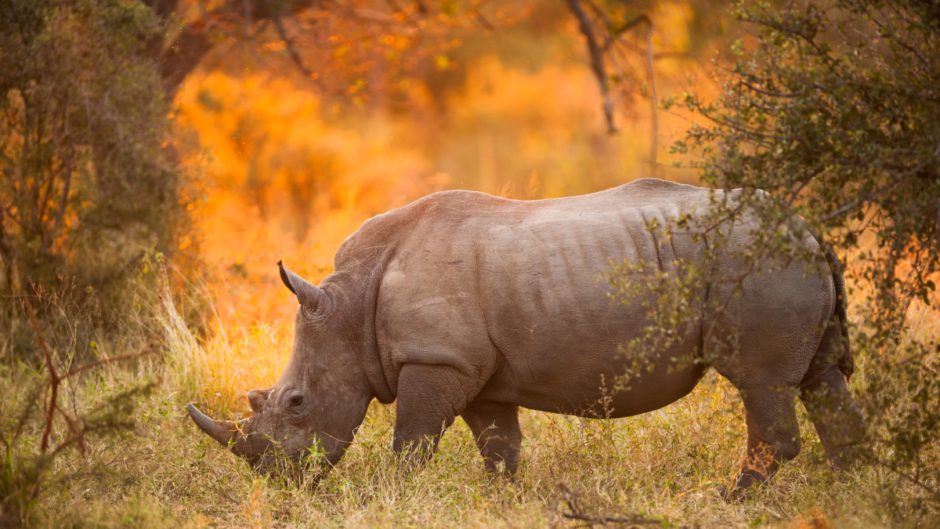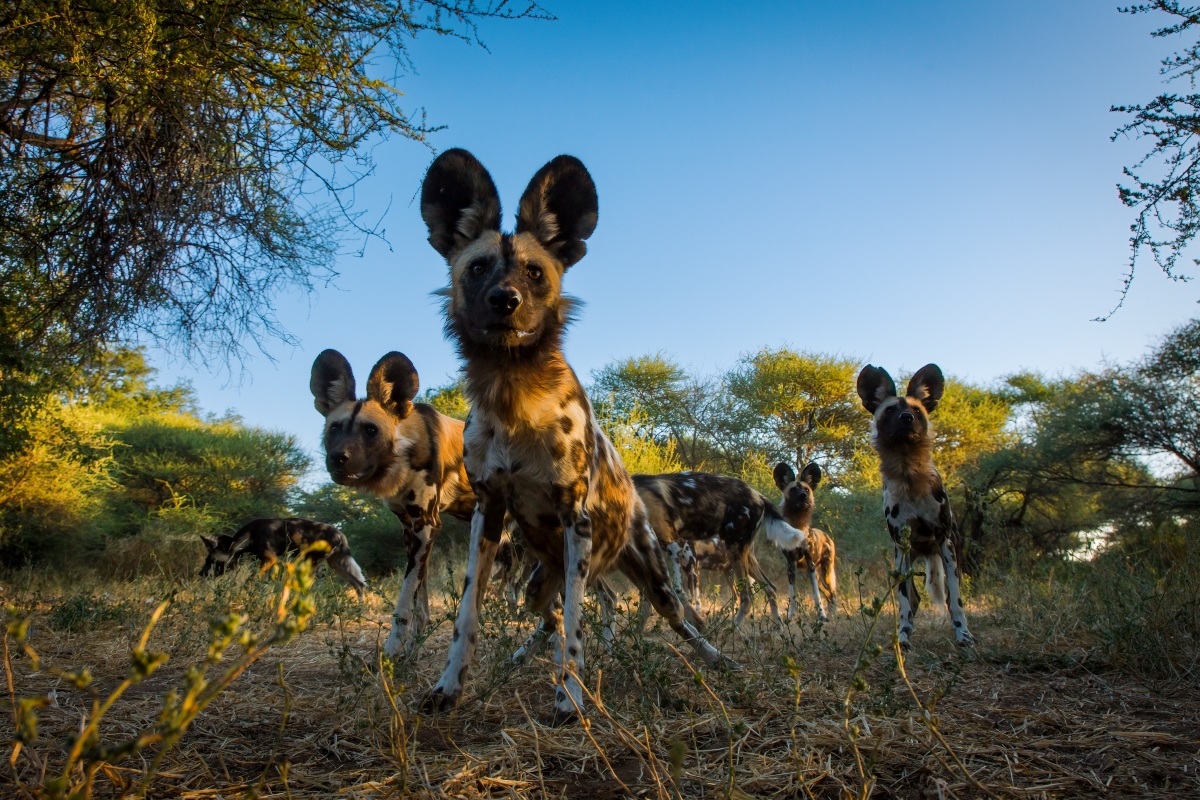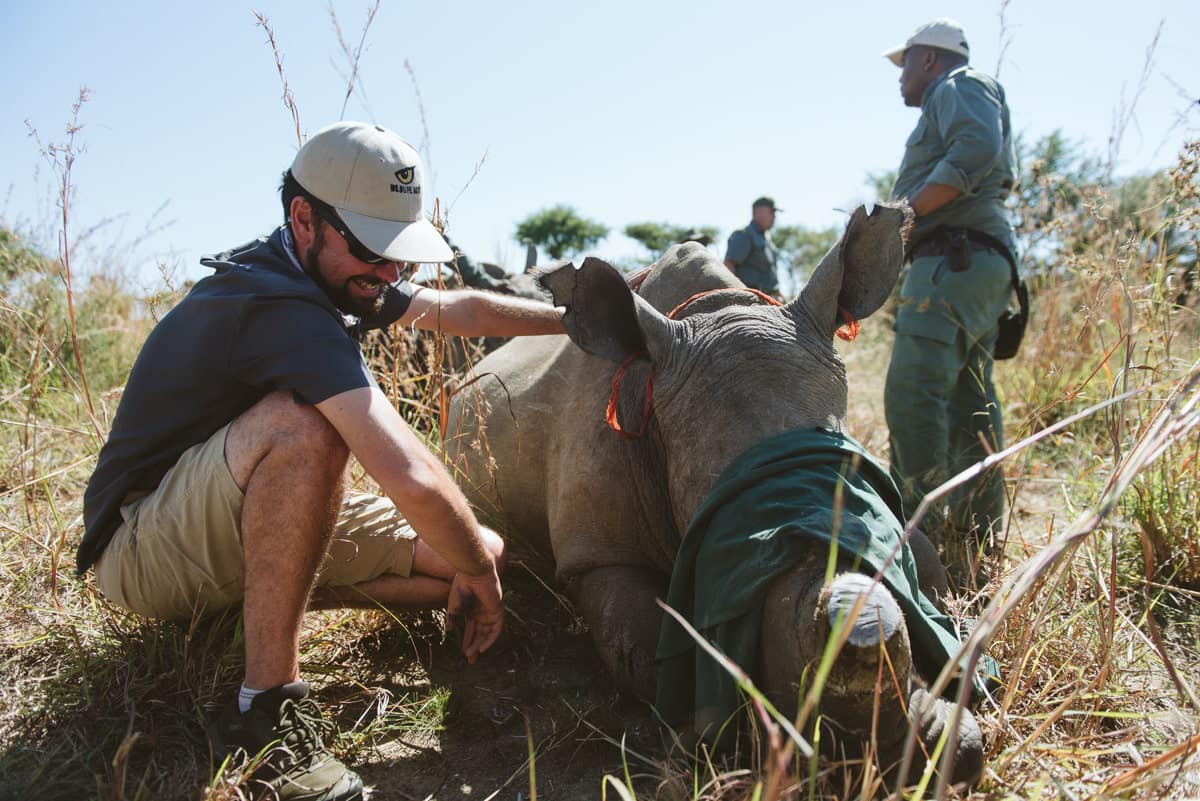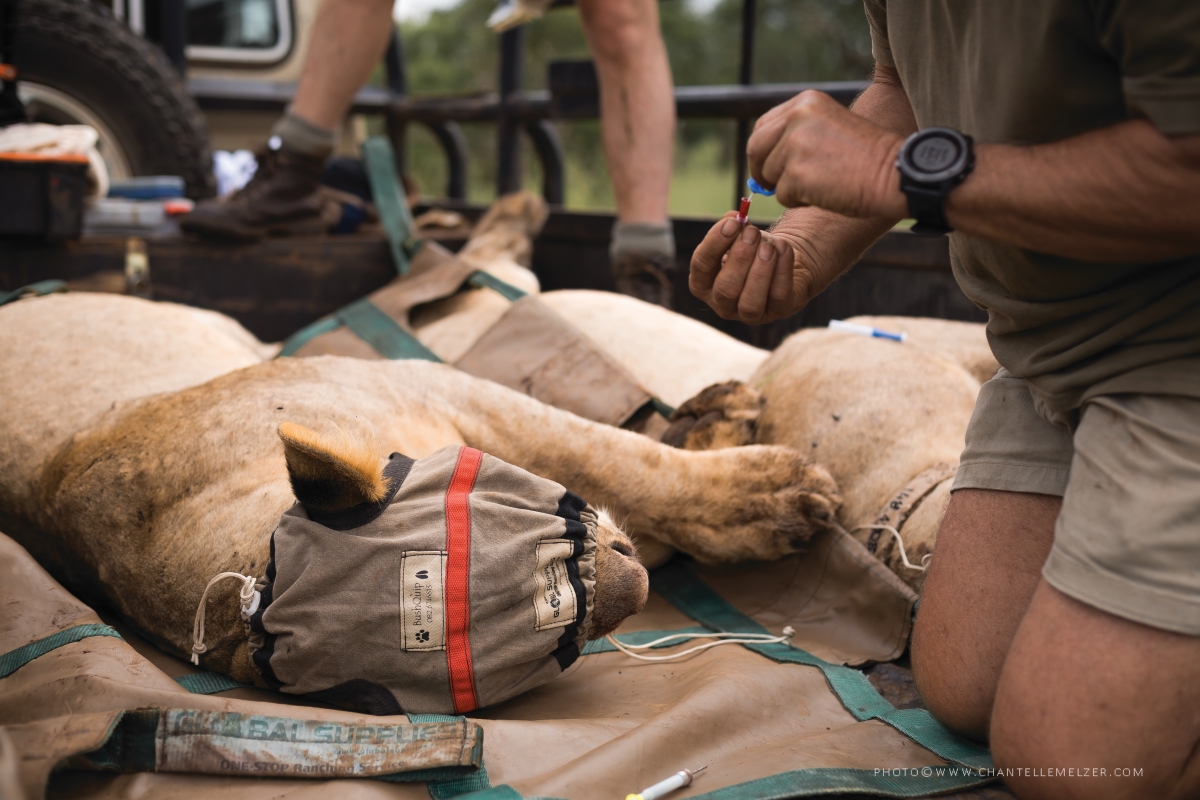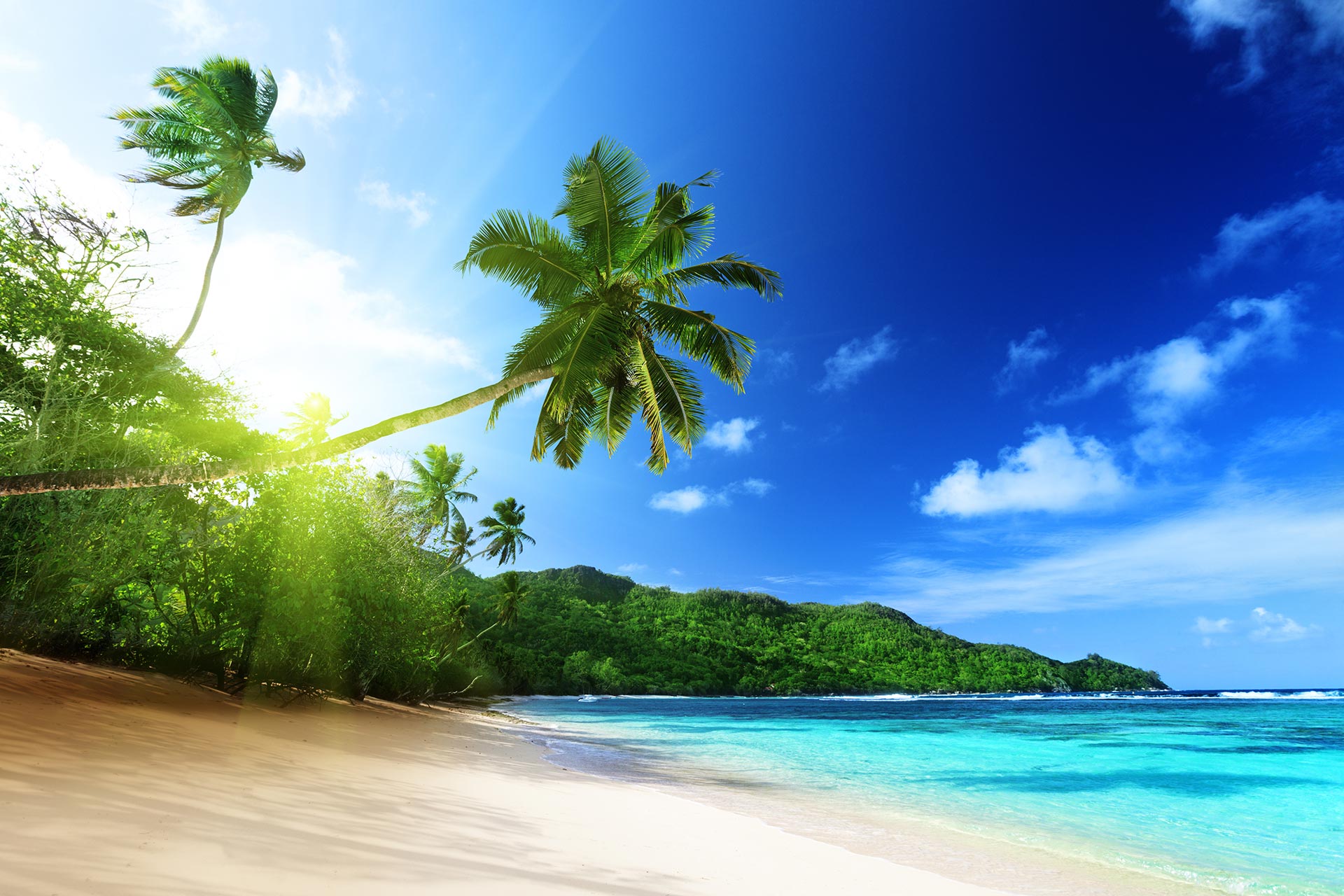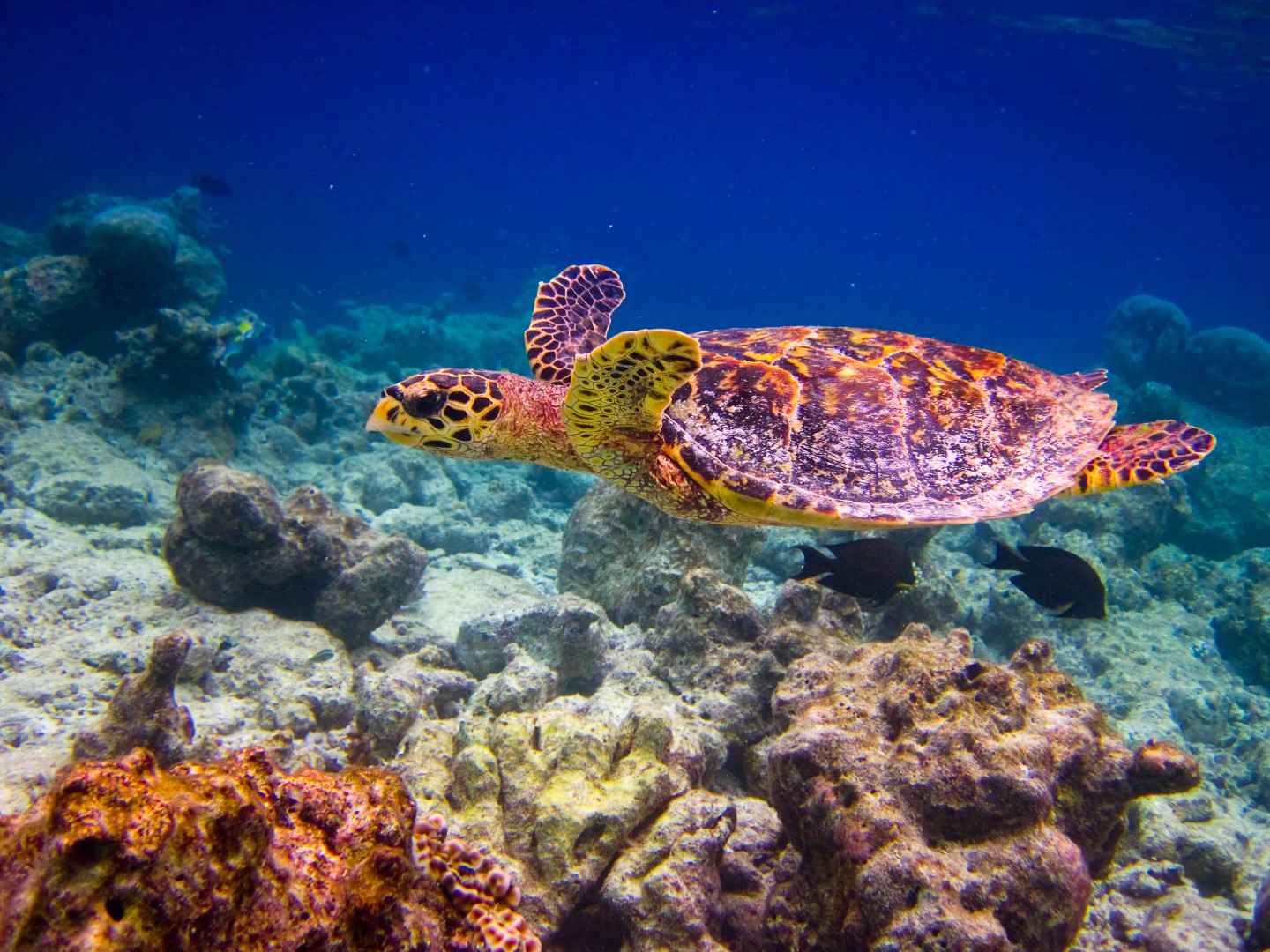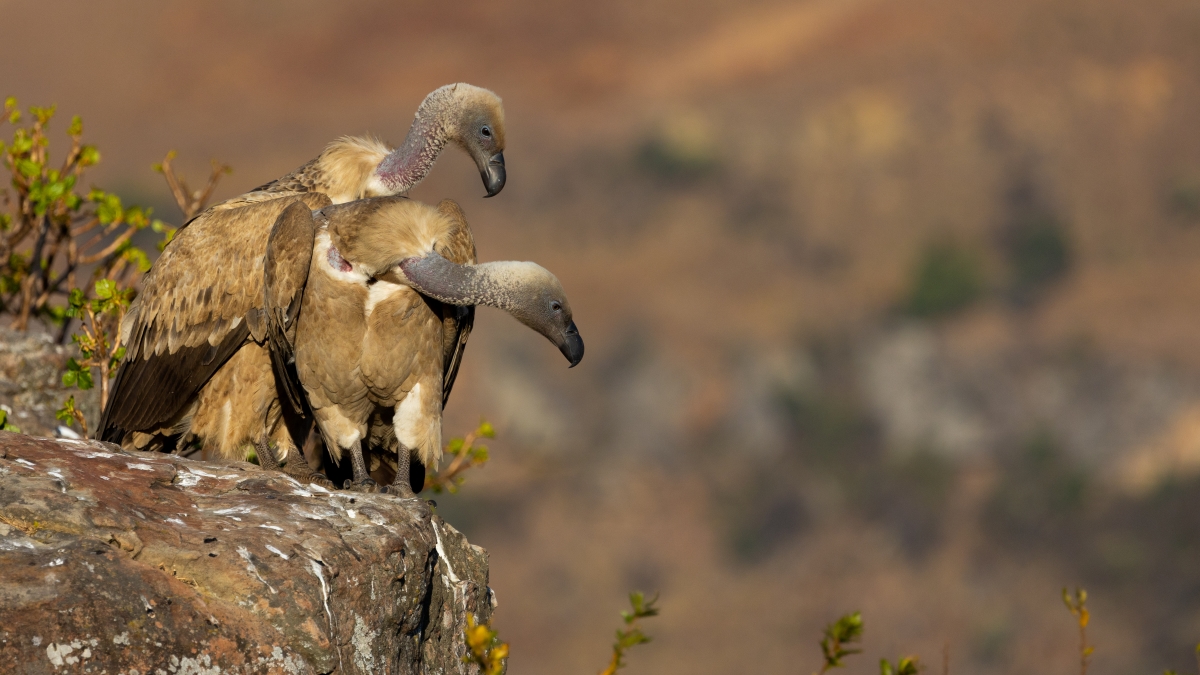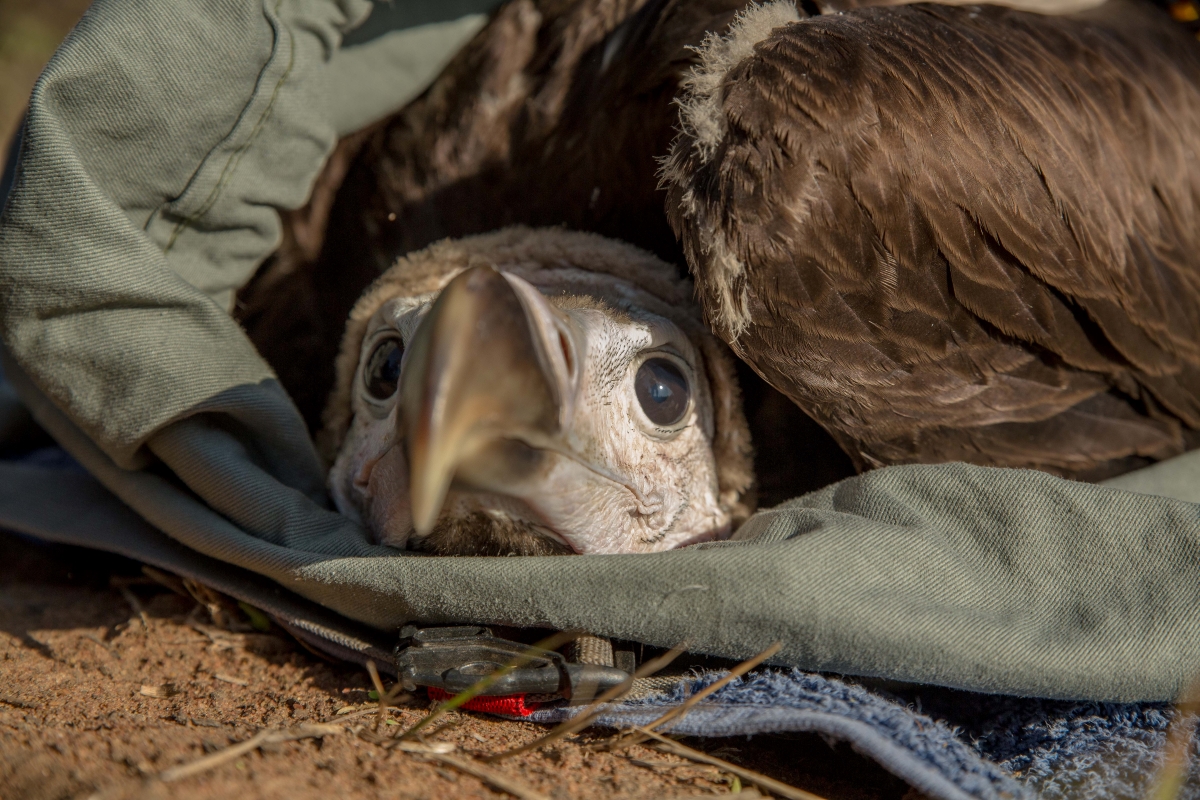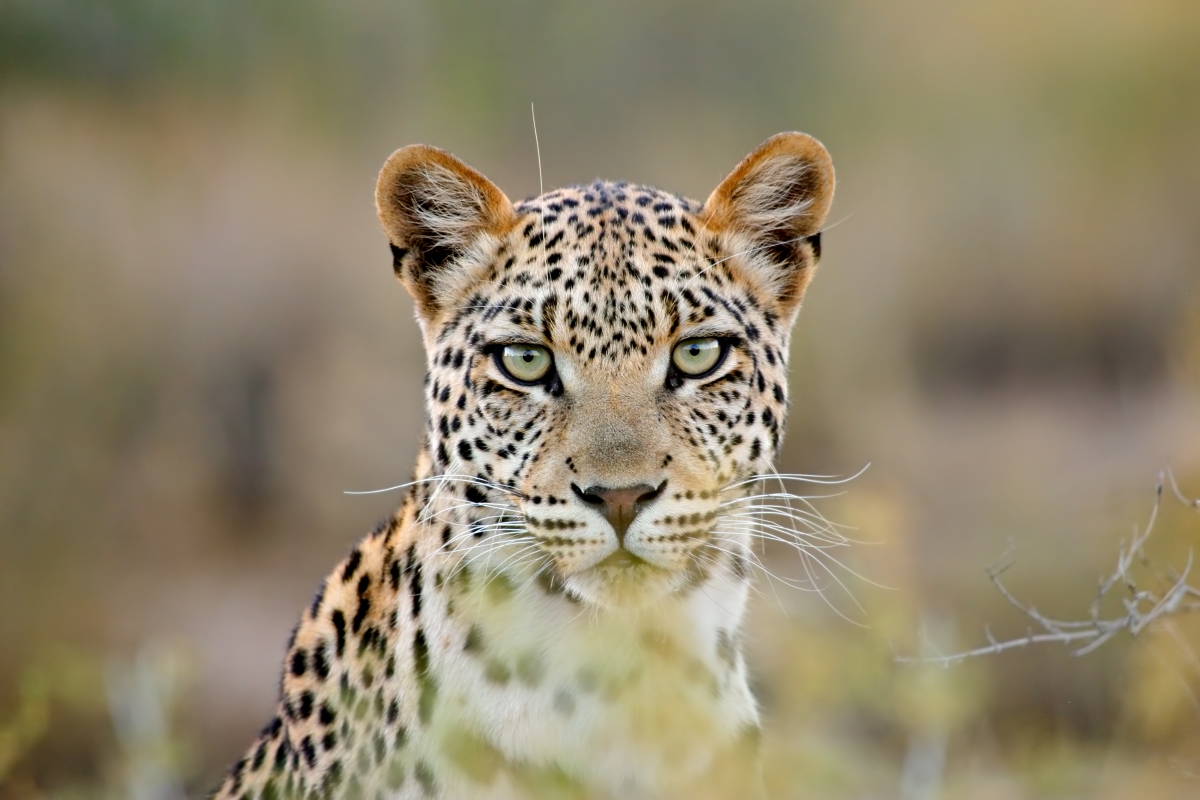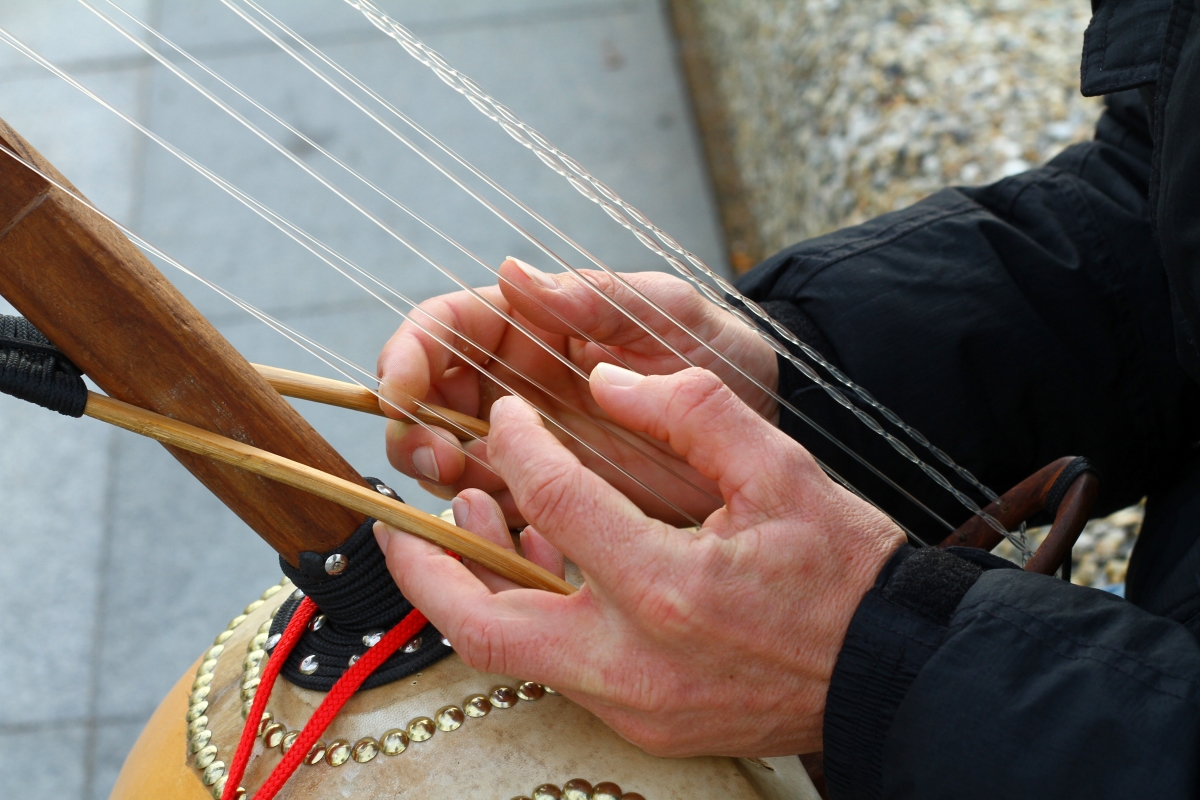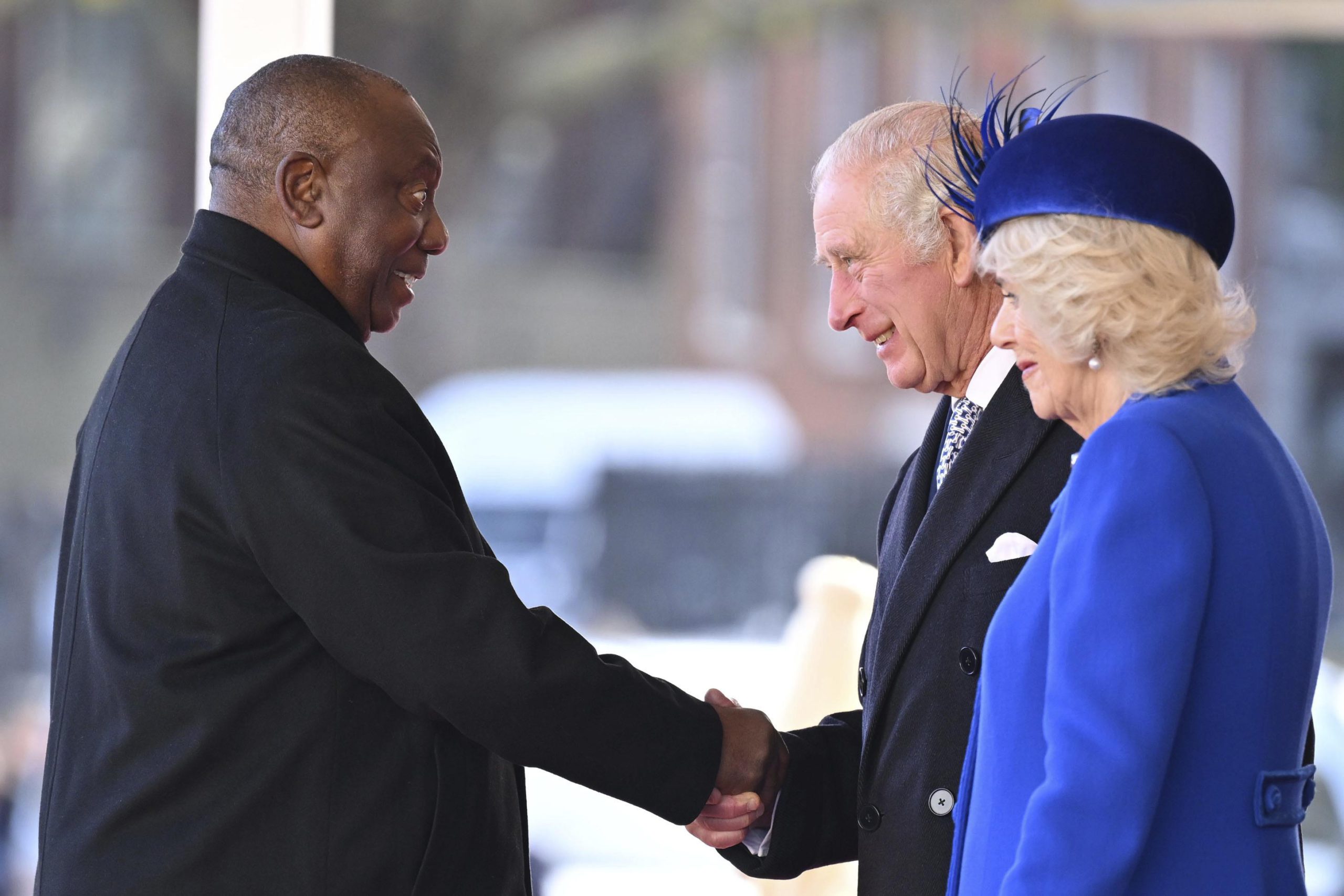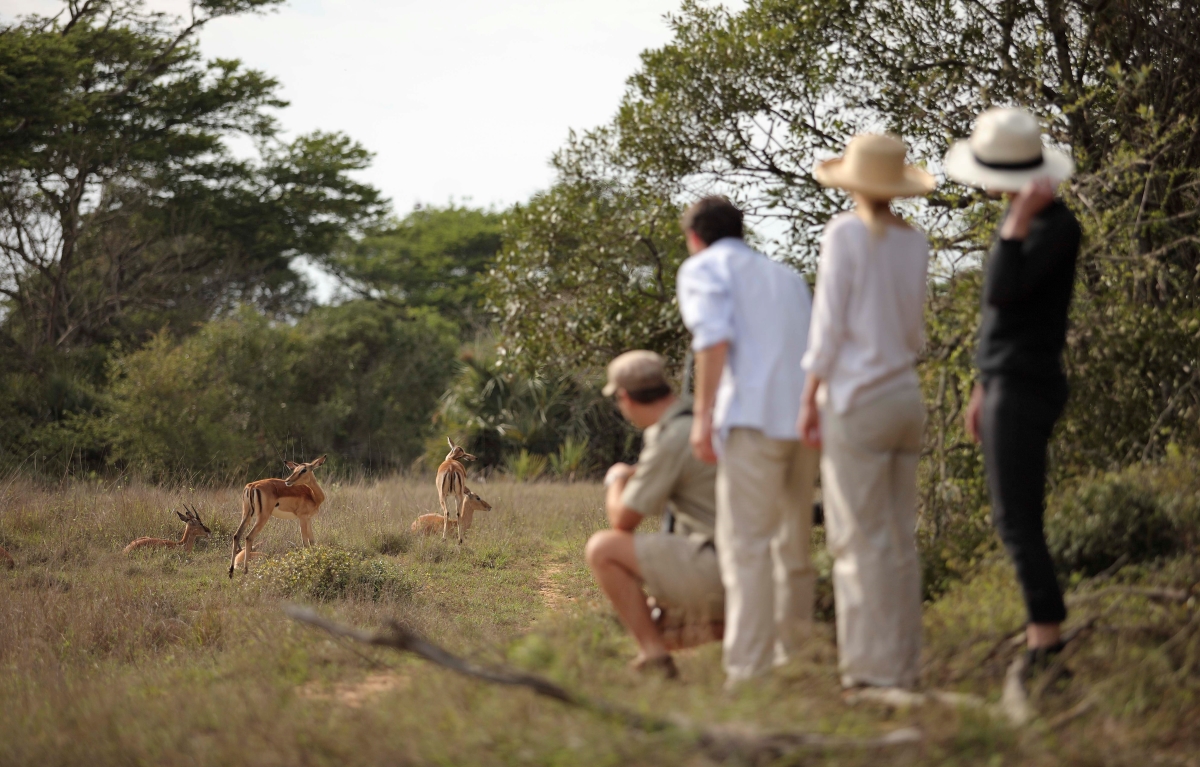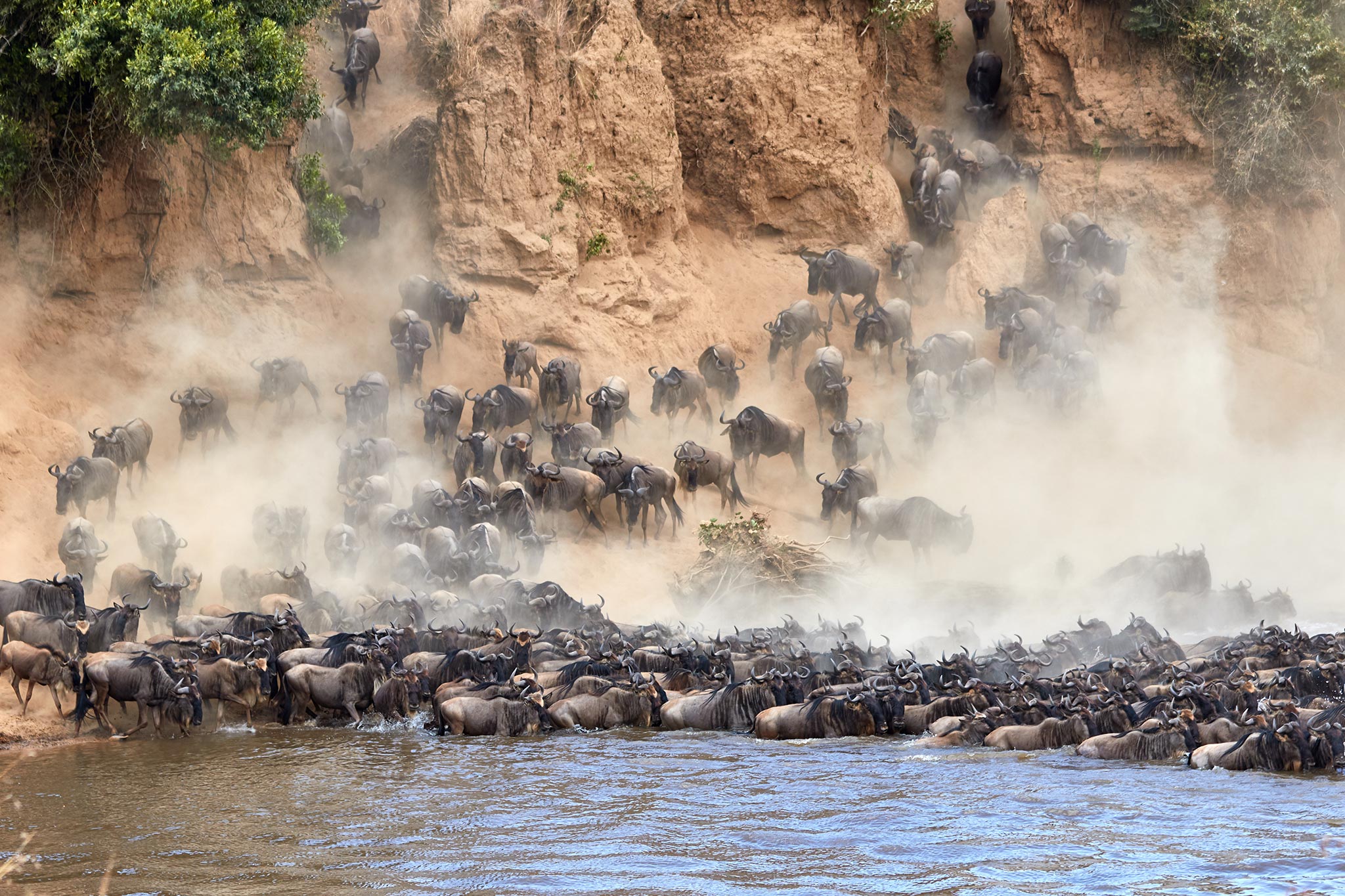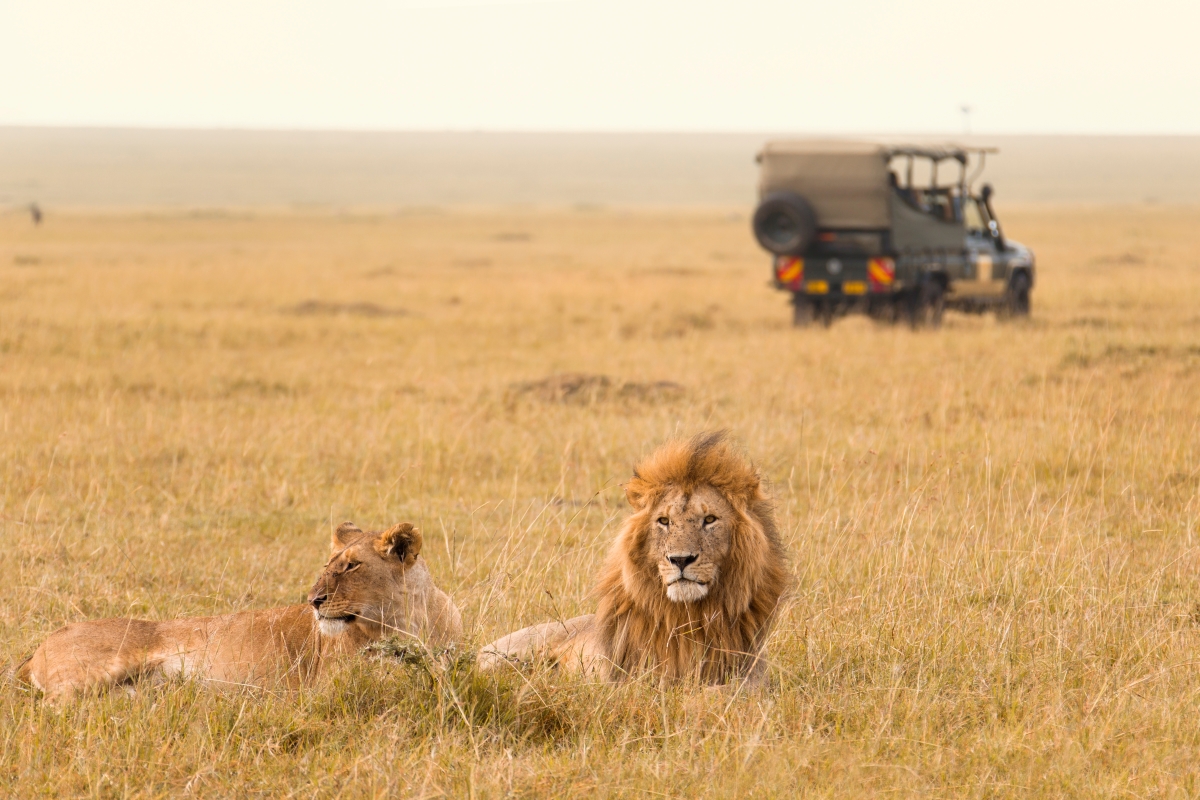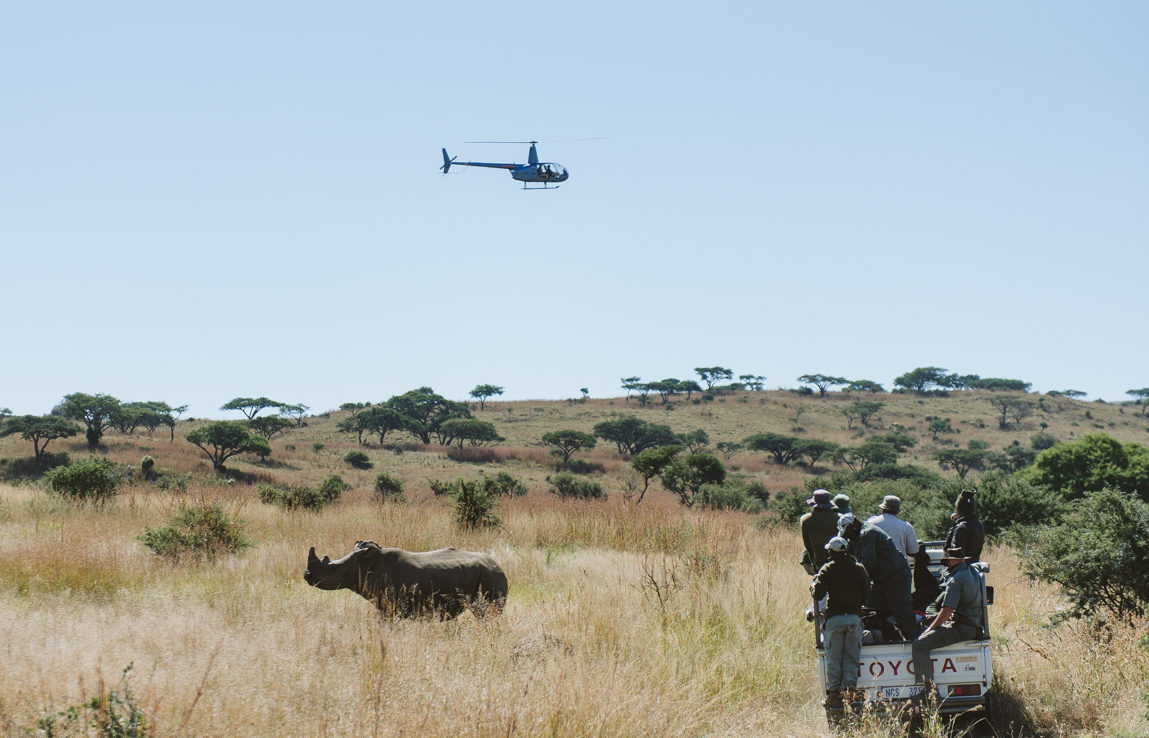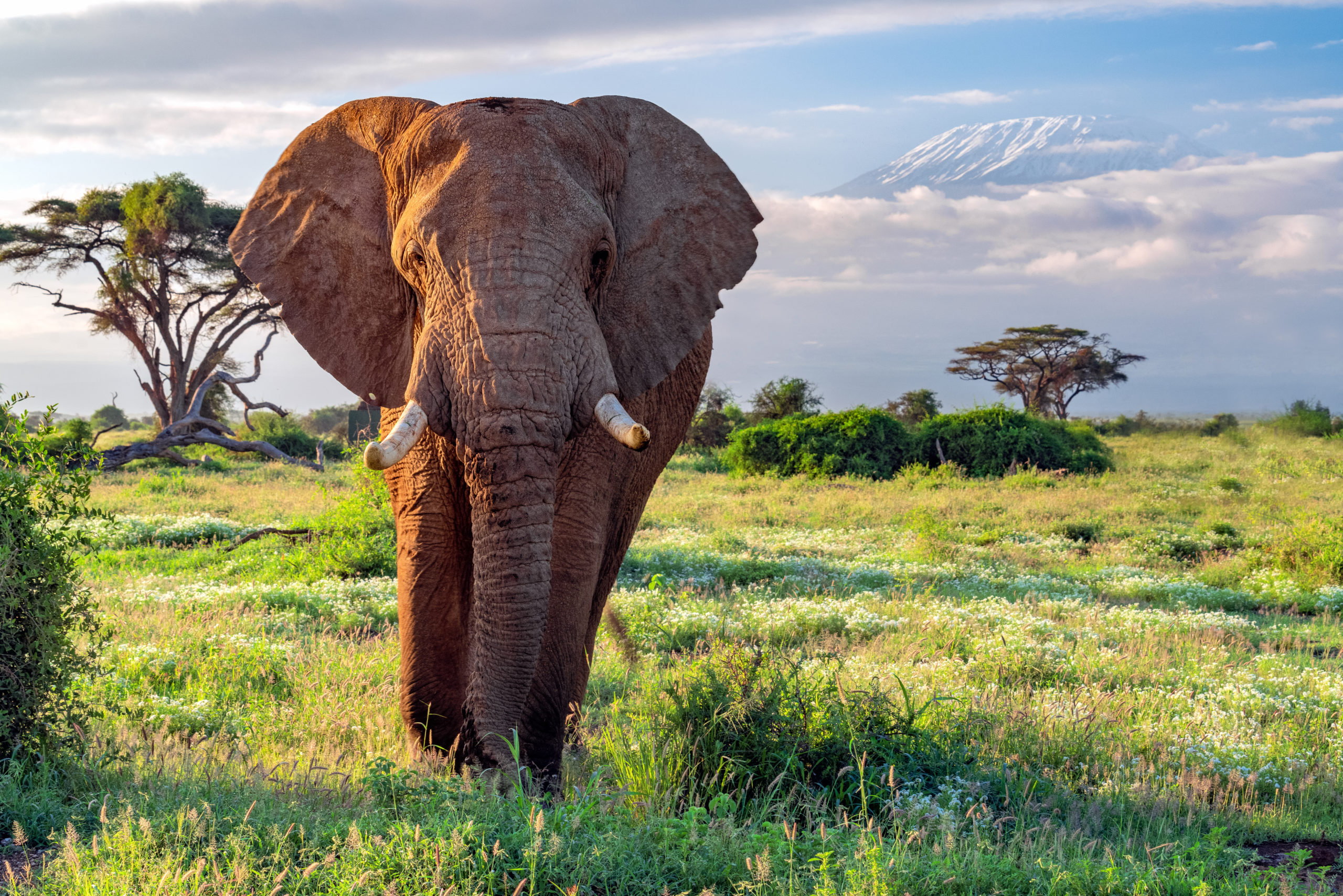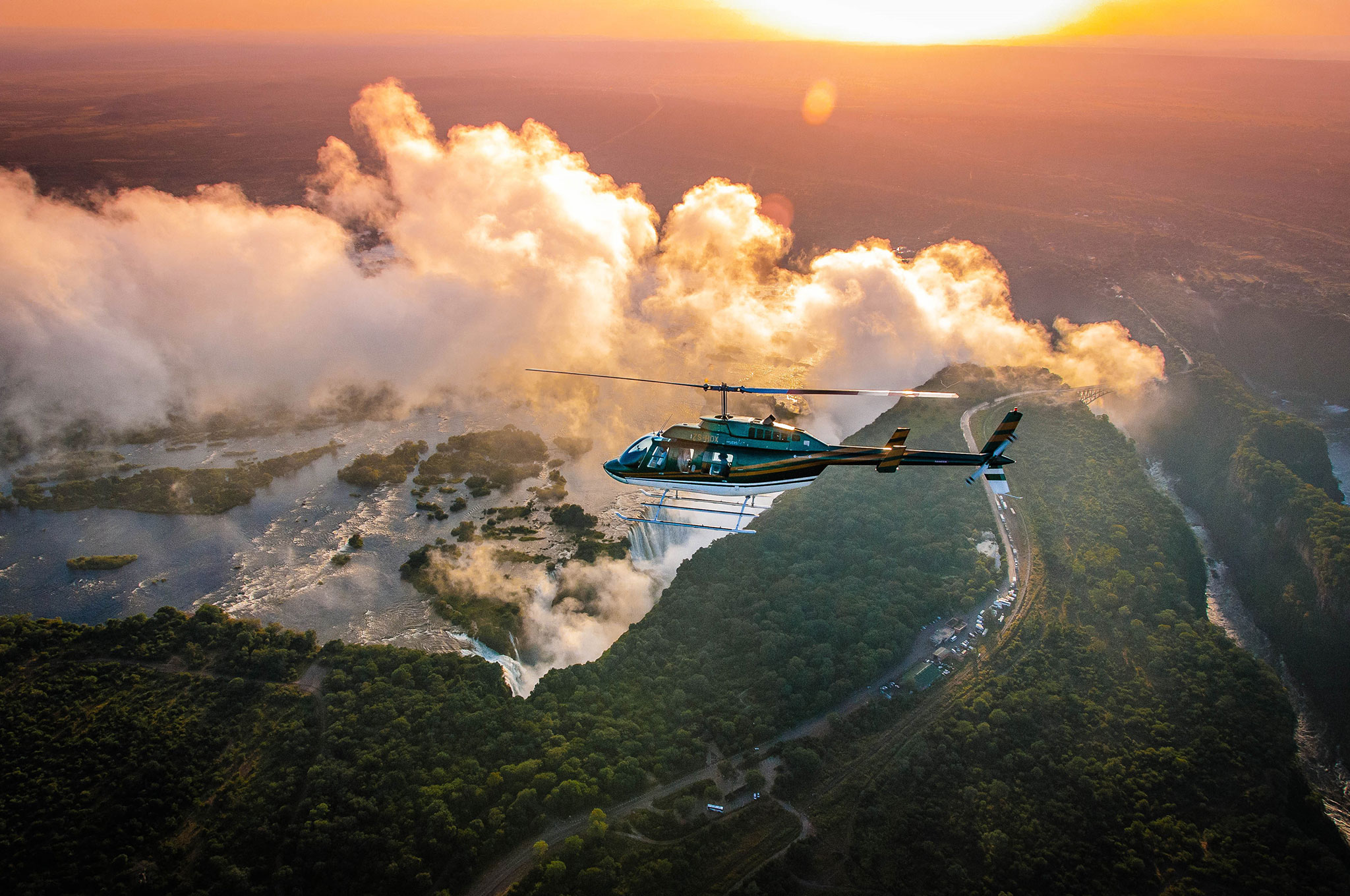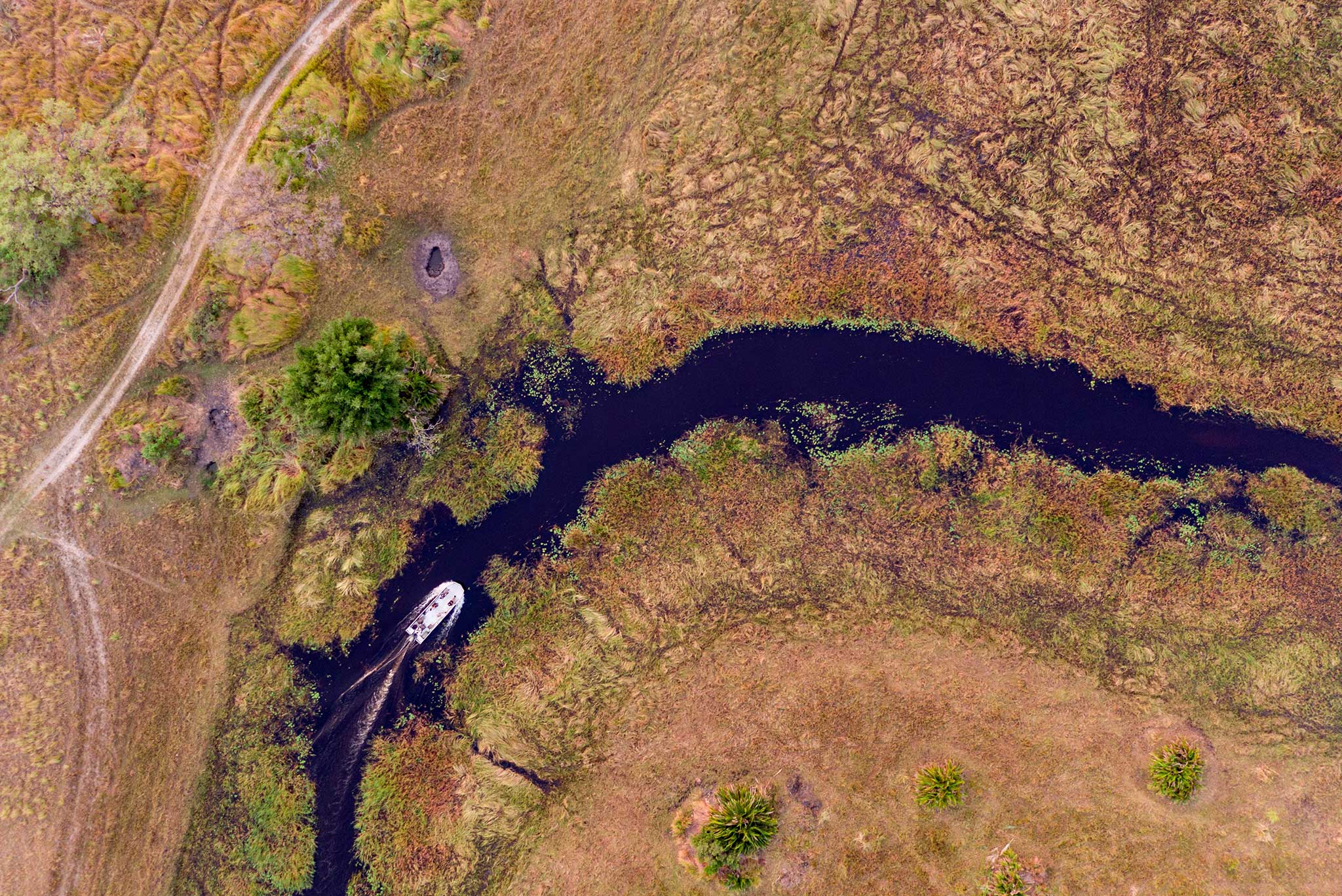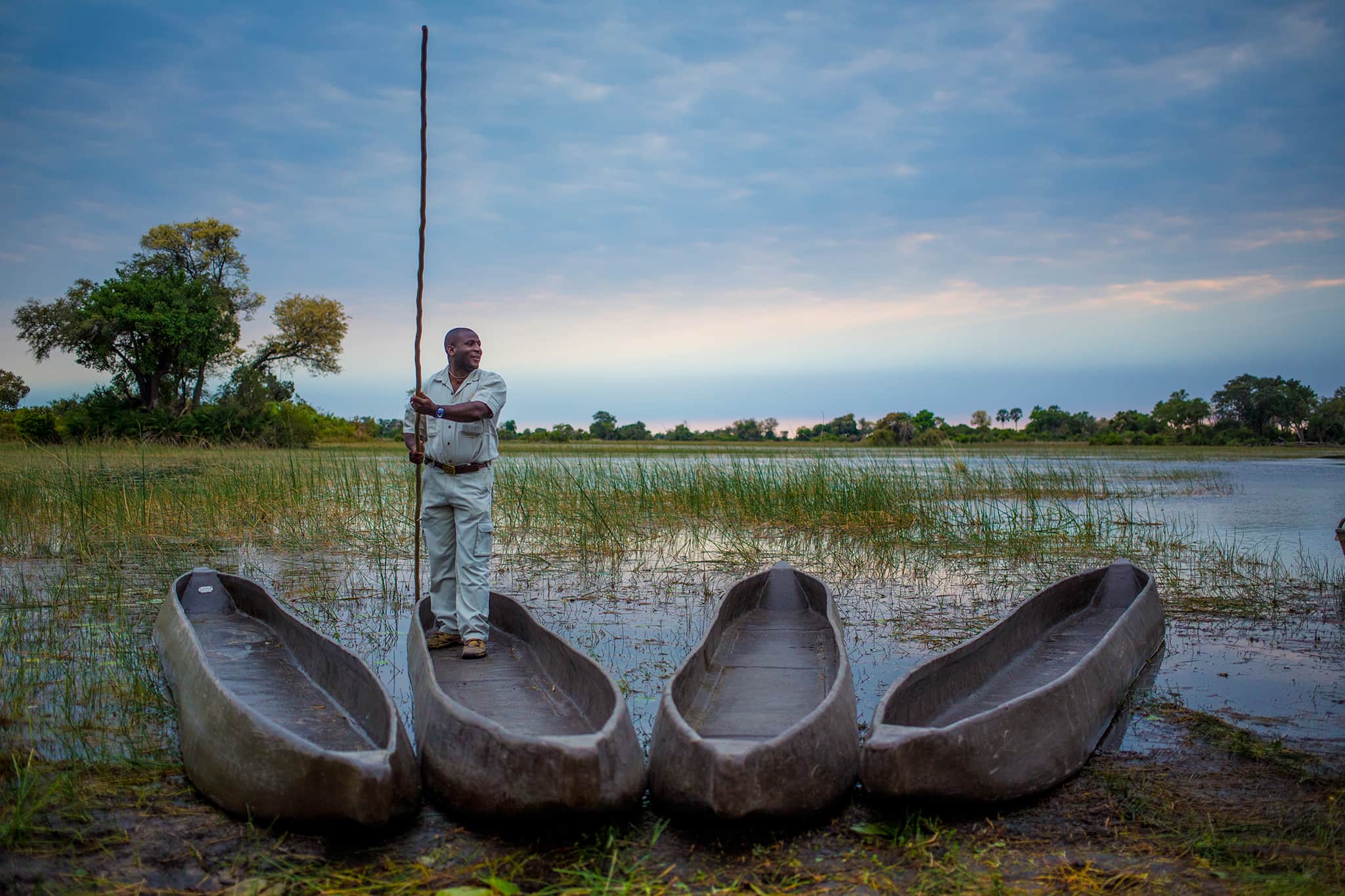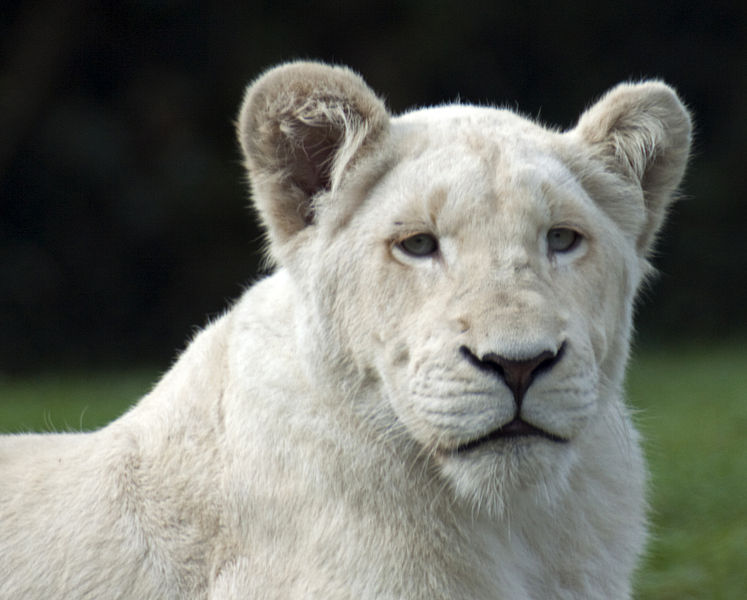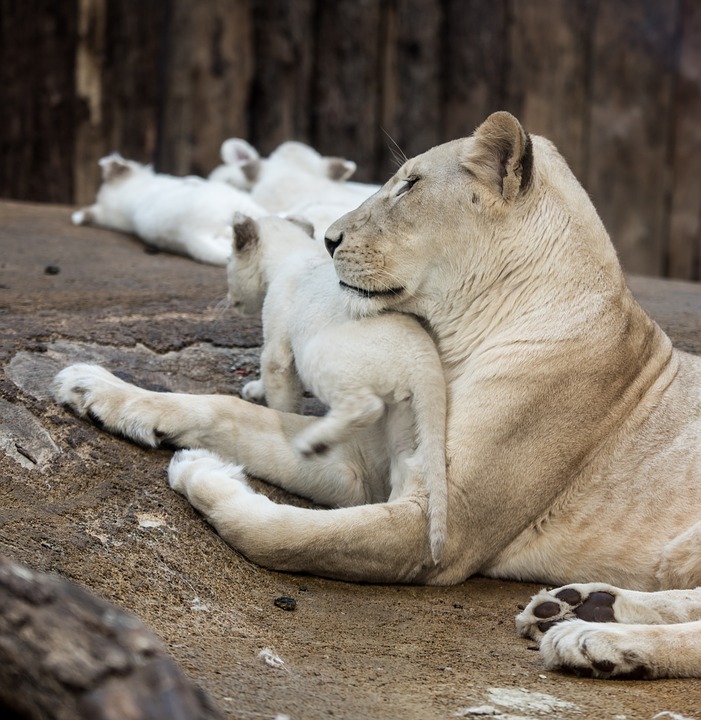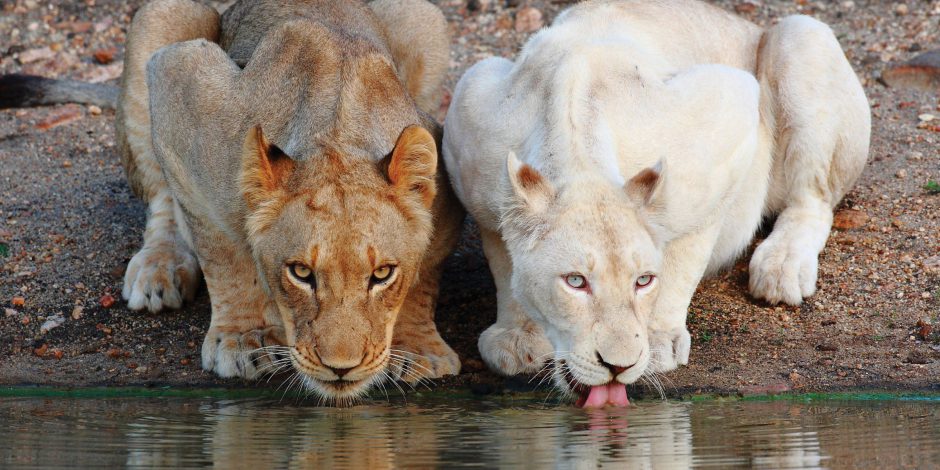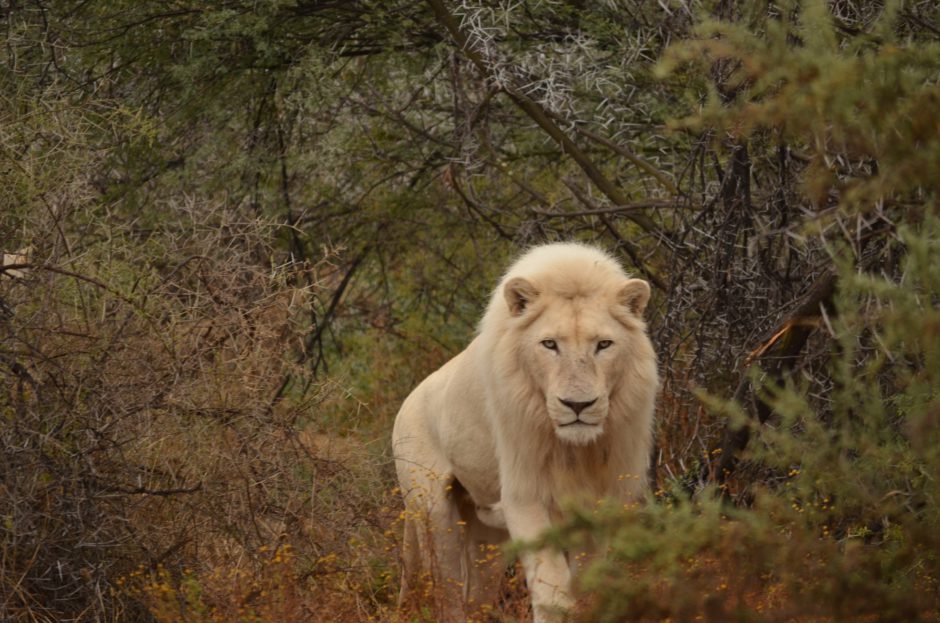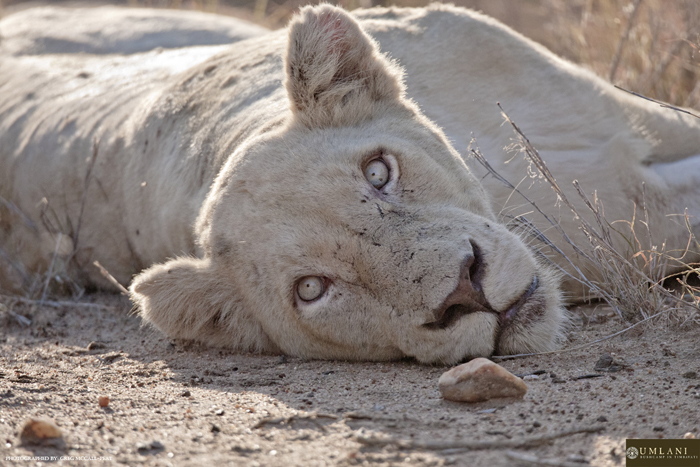As I laced up my shoes, I could sense a unique energy coursing through the crowd. The electric atmosphere was not just about anticipation but a deeper, more profound connection. I’m transported back to my first race, the nervousness palpable. However, today is different. Today, I’m here for The Extra Mile Trail Run, a race that stands for so much more than merely crossing the finish line.
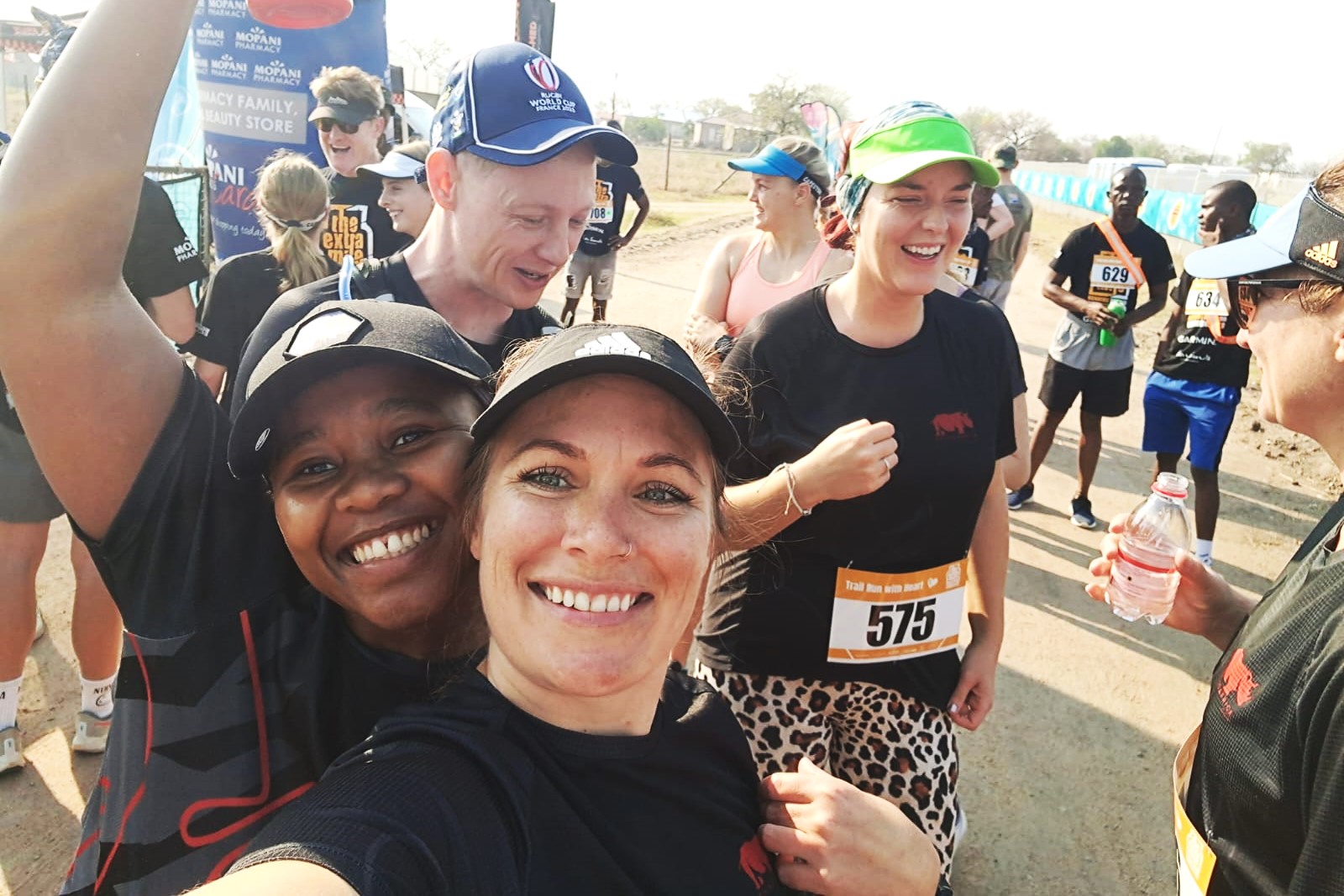
Excitement budling up before the race with my fellow Rhinos, Image Credit: Chantal Barnard
Eight Rhinos on a “Soleful” Mission
But I wasn’t alone on this special day. True to our Rhino Africa ethos, my team, our dedicated Rhino Crash, ventured to Huntingdon Village, adjacent to the Sabi Sand Game Reserve in South Africa’s Greater Kruger National Park.
We hail from the bustling city of Cape Town, and though we come from a vibrant urban setting, our hearts are deeply rooted in making a positive impact. We didn’t just come here to run a race; we came to be part of a bigger movement, understand the intricacies of rural life, and unite with a community working towards change.

Eight members of the Rhino Crash waiting in anticipation (with a bit of nerves) at the starting line, Image Credit: Chantal Barnard
“There’s nothing quite like journeying with colleagues who share your vision. Stepping out of our comfort zones, we face the challenging heat and demanding terrain of the run.
It not only offers an immense sense of individual accomplishment but even more so as a united team, or “Crash” as we fondly call ourselves. The bonds forged during this event are unbreakable.”
– Justine Ryan, Rhino Africa Senior Travel Expert.

Justine and Terence Ryan sneaking in a selfie just before the run, Image Credit: Justine Ryan
The Heart of the Race
The terrain was challenging yet captivating. As the temperature rose, we navigated the winding, dusty trails, side-stepping shrubs and dodging the occasional cow – the physical exertion was evident. But amidst the laboured breaths and burning muscles, there were moments of deep connection.
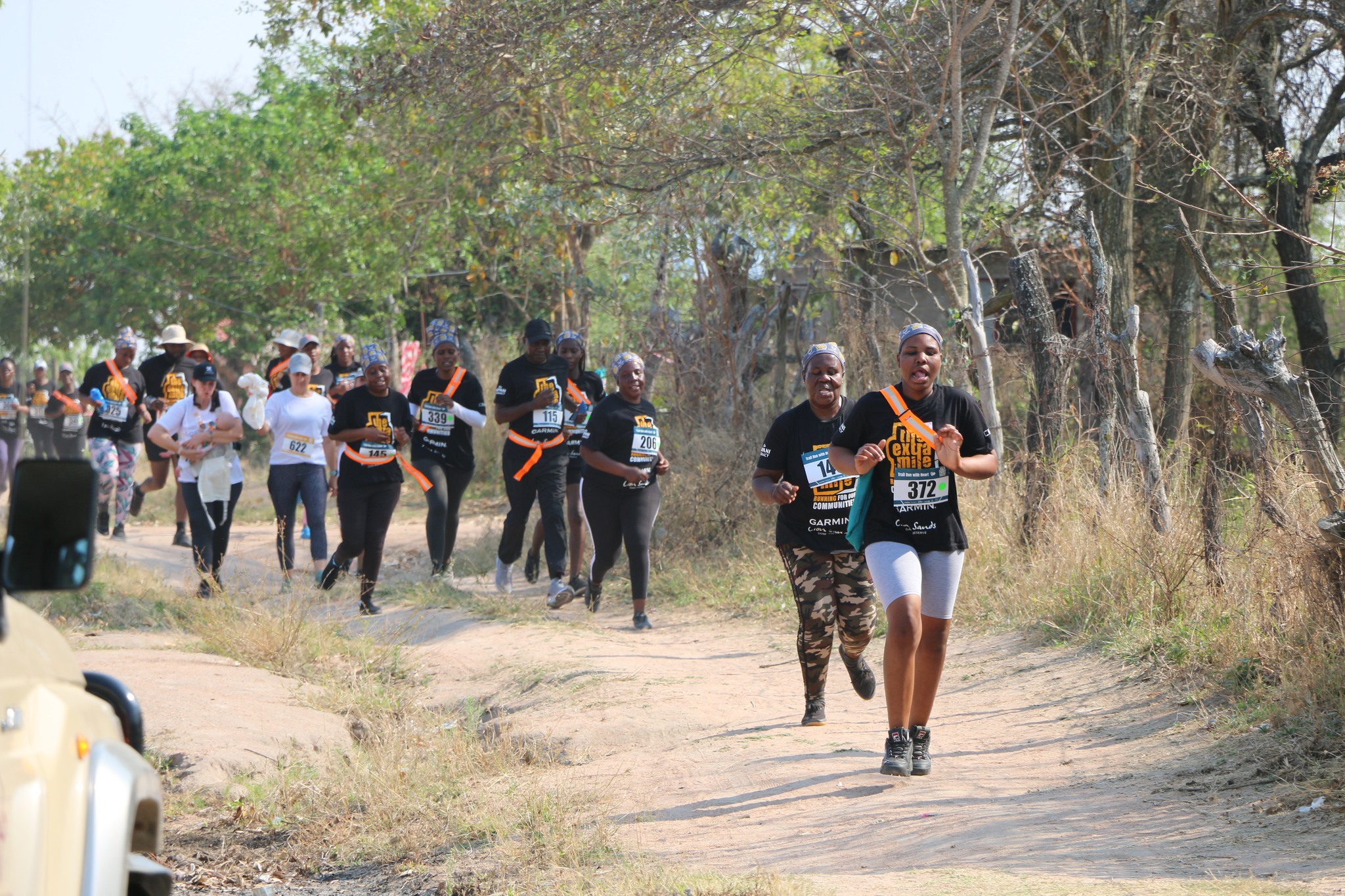
People from all walks of life coming together for a shared purpose, Image Credit: Extra Mile Trail Run
Each stride brought forth poignant reflections – of the communities we were supporting, of the area’s unique beauty, people’s potential, and the pressing need for upliftment and support.
Encouraging shouts from fellow runners, spirited water breaks, and shared stories added depth to our journey, making every kilometre not just a step forward but a step deeper into what The Extra Mile is really about.
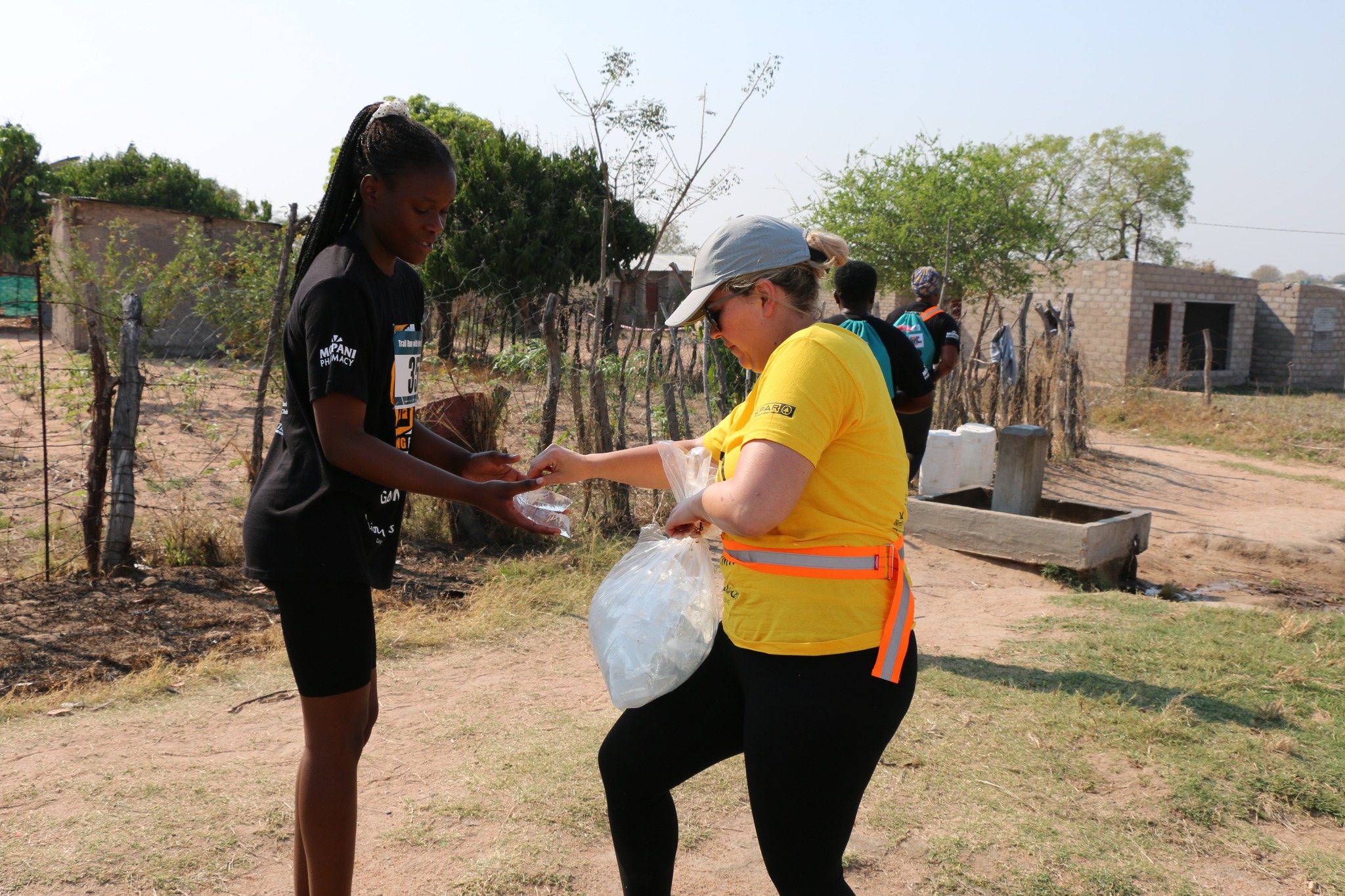
One of many much-need water stops along the route, Image Credit: Extra Mile Trail Run
What is The Extra Mile Trail Run?
Initiated in 2018, the Extra Mile Trail Run stands as a heart-driven annual fundraising event by the More Community Trust. Designed to offer enduring assistance to rural communities while also championing the conservation of endangered species, this trail run has garnered steadfast support in a very short period of time.

Warrior Ric sets the “NEVER SAY DIE” tone for the day – and keeps it going, Image Credit: Extra Mile Trail Run
A pivotal ally in this mission is the Good Work Foundation, one of Rhino Africa’s prime Impact Partners, which has consistently propelled sustainable advancements in the local community.
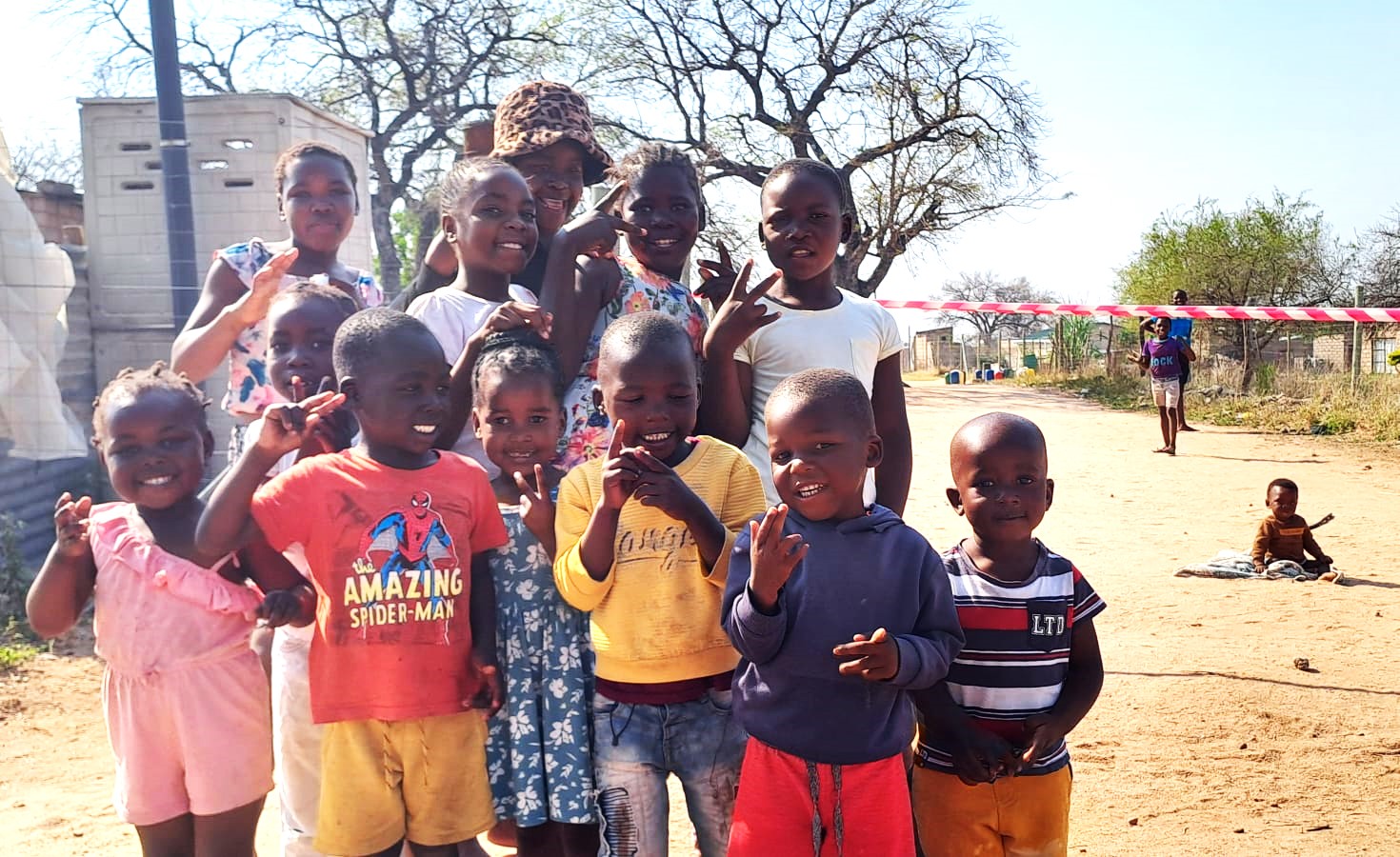
The Good Work Foundation uplifts and educates communities to empowering future generations, Image Credit: Chantal Barnard
The Goal of The Extra Mile Trail Run is Threefold
There are three main reasons why this race takes place:
- To raise awareness of the community’s critical needs and the need for support from local NPOs and lodges
- To promote the importance of preserving our natural heritage and connecting the community with conservation
- Channelling funds towards eco-friendly advancements in these underserved villages
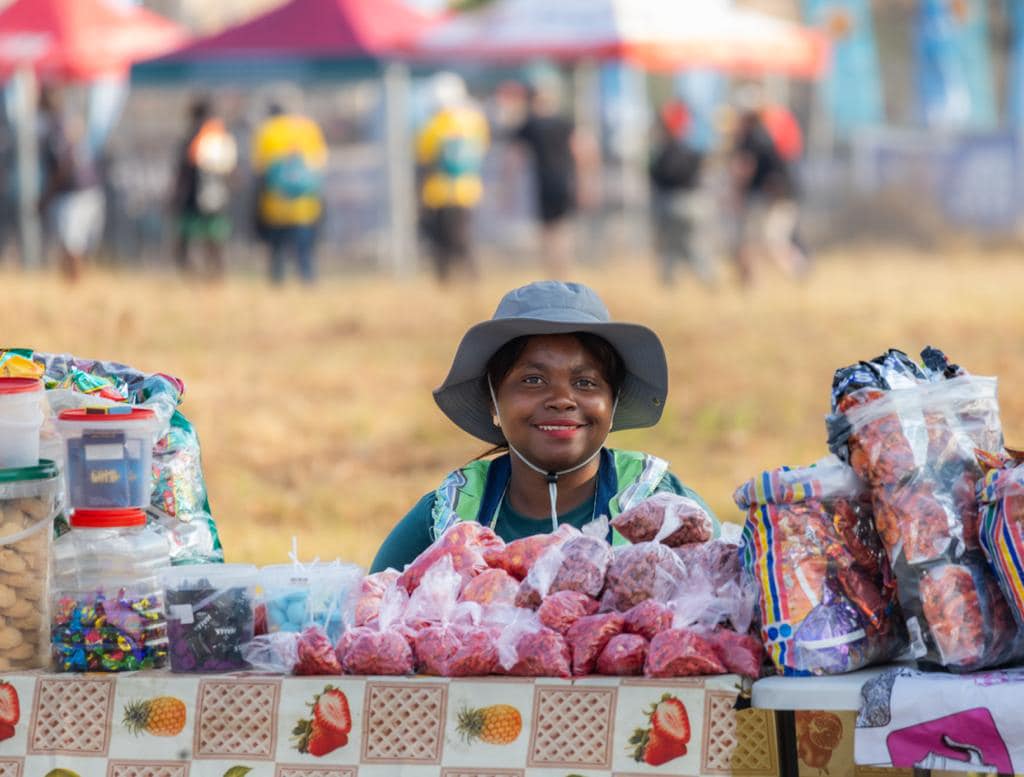
From selling snacks to cleaning up, everyone had a part to play, Image Credit: The Extra Mile Trail Run
Fueled by the joint efforts of beneficiaries and organisers, the local populace has displayed an immense passion for elevating their circumstances. Their deep-seated commitment has manifested in wholehearted participation and diverse involvement in the Extra Mile.

Community members coming together cheering for the cause with unyielding exuberance, Image Credit: Extra Mile Trail Run
This year alone saw the sponsorship of over 550 community runners, while an additional 150 locals lent their expertise in roles ranging from event setup to security and post-event cleanup.
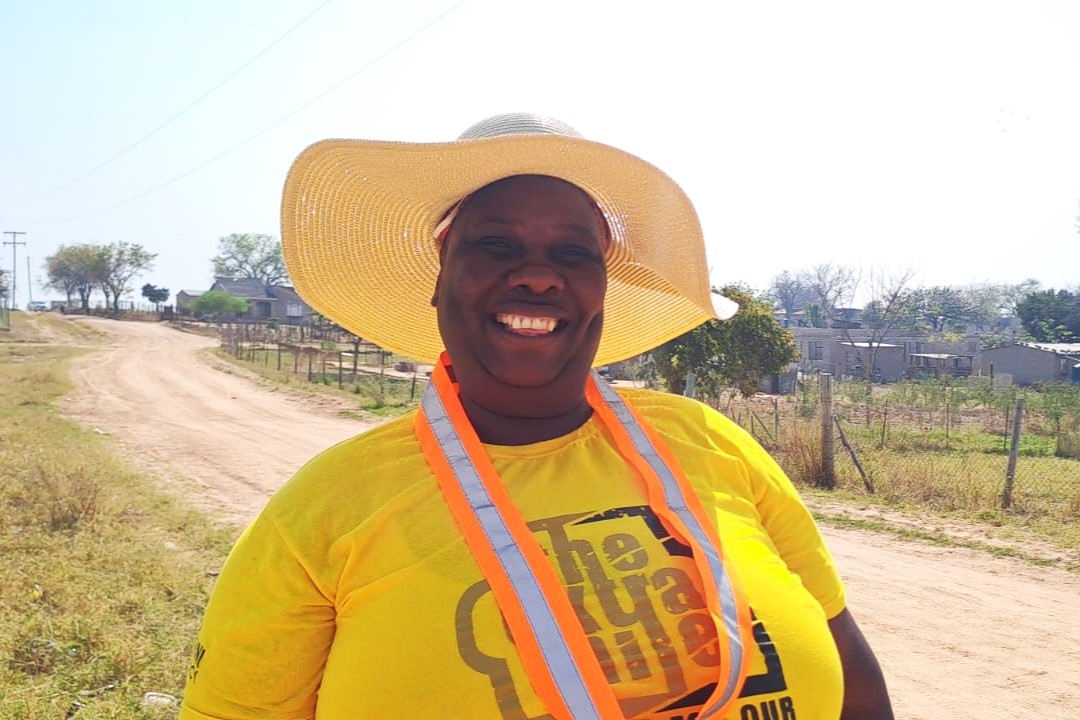
Whether running the race or volunteering, everyone makes an effort to get involved, Image Credit: Chantal Barnard
A Trail Run With Heart
One of the participants, a first-time runner named Thabo, shared with me, “You know, it’s not just about the running. It’s about our community, our survival, and our environment. We run to make a difference, to show we care, and to bridge the gap between where we are now and where we want to be.”

A group of fellow runners bringing all the energy, Image Credit: Extra Mile Trail Run
Local resident and runner Lerato told me, “Every step I take, I think of my children and the world I want to leave for them. Running with everyone from different walks of life gives me hope. Hope for change, hope for unity, and hope for a better future.” Her words resonated deeply with me, mirroring the sentiments I also share.

Fellow Rhino Brad Mitchell likes to make lifelong friends along the trail, Image Credit: Extra Mile Trail Run
“Every year, I try to make a new friend from among the community runners. We chat and encourage each other along the way, and it’s fascinating to learn about their lives and what they are doing for their communities.
I’ve been blessed to cross the finish line arm-in-arm with two fantastic characters in each of the two years I’ve run this race. I’ve learned so much from them and am so grateful to them for teaching me about their lives and reminding me of how important our industry is and the impacts it can have.
I think the lesson it has taught me, most of all, is to live with joy and embrace even the tough uphills in the scorching sun with a smile on my face.”
– Brad Mitchell, Rhino Africa’s Head of Performance Marketing.
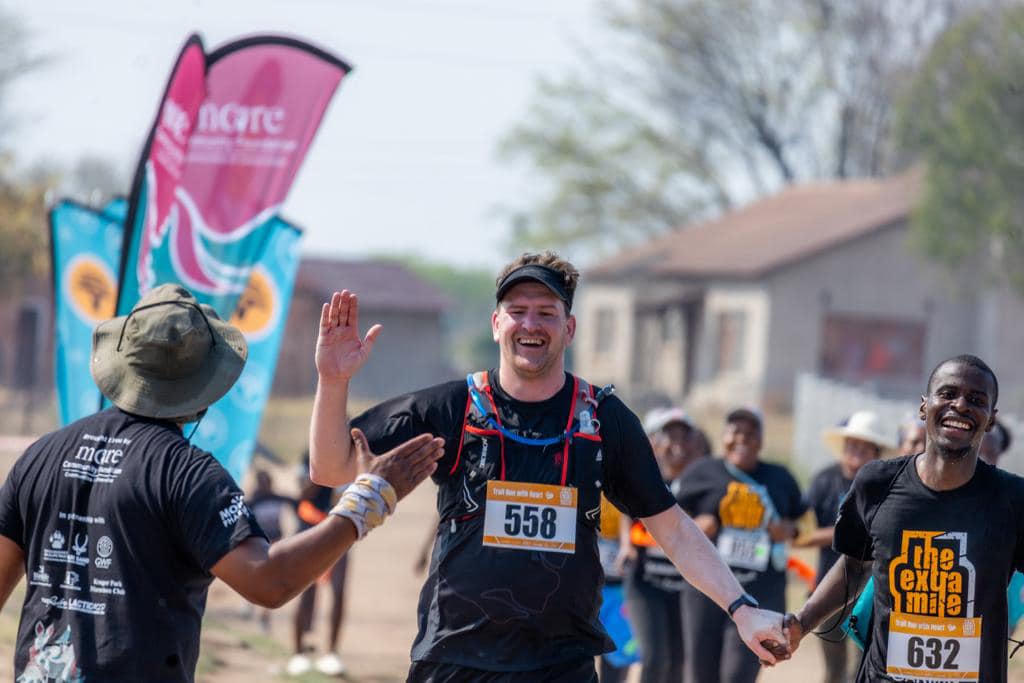
Coming together for a shared purpose, Image Credit: Extra Mile Trail Run
This profound connection was evident everywhere. From the determination on the runners’ faces to the community members’ enthusiastic involvement, it was a heartfelt reminder of the beauty of humanity and the wonders we can achieve when we come together.

One of our Rhinos, Amanda ran her heart (and little legs) out, and we were so proud of her! Image Credit: Extra Mile Trail Run
“I was guided, supported, and cheered by a community member named Jonas, originally taking part in the 5km run, who insisted on finishing the 10km with me. He stopped when I stopped, walked when I walked and became a beacon of motivation during my toughest moments.
While I grappled with the challenge, Jonas provided insights into the area, discussing the vegetable gardens, the water supply, and the role of the Good Work Foundation in supporting the community. It felt like I had a VIP tour amidst a gruelling run. I ran with a brother in arms, united, and we conquered the run together.”
– Dean van Rooyen, Rhino Africa HR Coordinator.
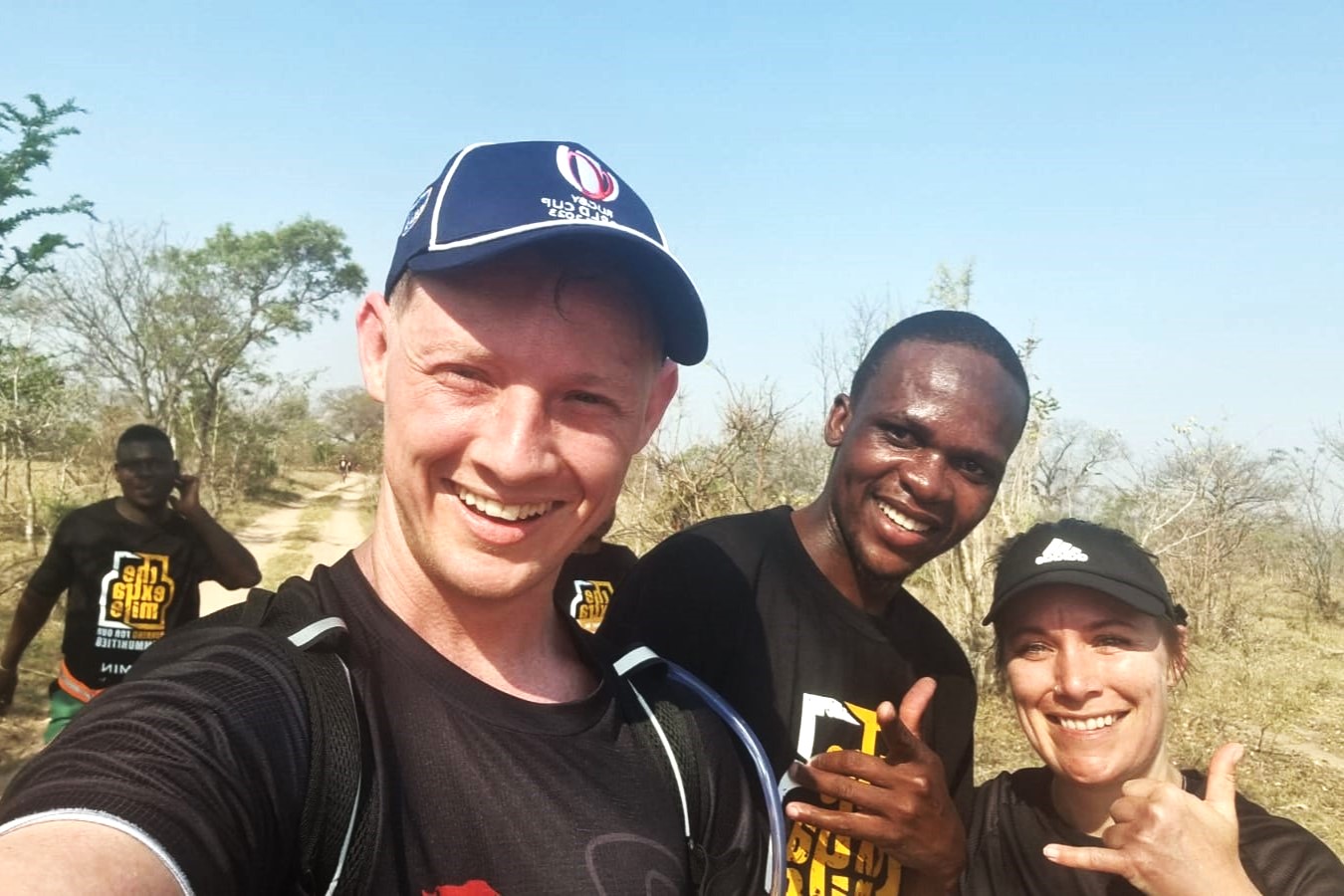
Dean and Jonas, Image Credit: Dean van Rooyen
A Community’s Triumph
With the finish line in sight, emotions surged. This wasn’t just my journey but ours – as a collective. This race was not about individual achievements but a community’s combined dream. Mpho, another participant, captured this feeling beautifully when he said, “It’s about finishing a race together, as one community, with one heart and one vision.”
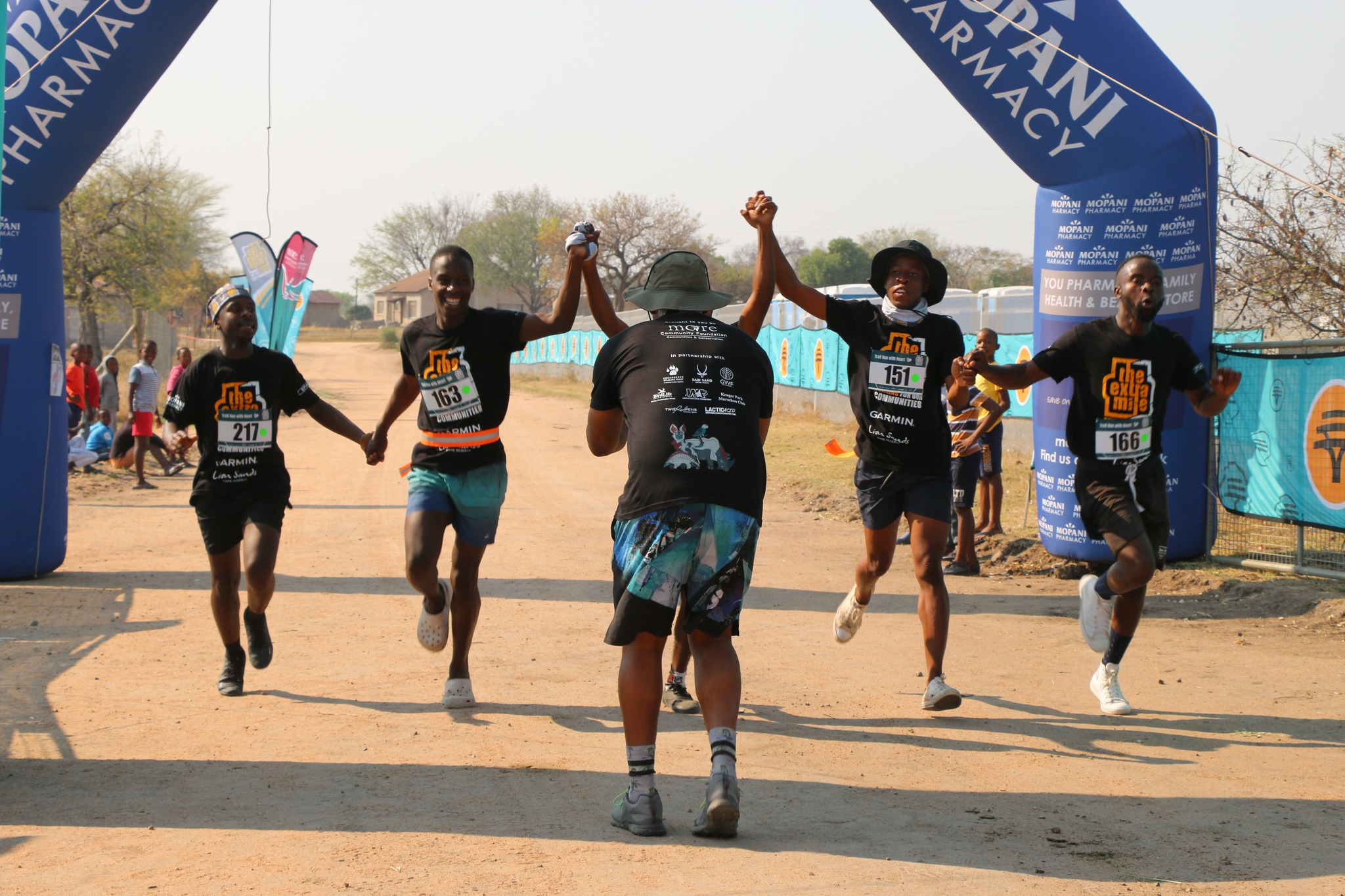
There are few things as powerful as camaraderie, Image Credit: Extra Mile Trail Run
Reflections and Gratitude
The Extra Mile Trail Run has redefined what a race can be. It’s not just about personal bests or podium finishes. It’s about community, unity, and making a lasting difference. As I reflect on the event, my heart swells with pride, gratitude, and an ever-burning desire to continue positively impacting the world around me.

My fellow Rhino Justine and I ready to take on the 10km Extra Mile Trail Run, Image Credit: Chantal Barnard
First and foremost, I’d like to thank Rhino Africa’s Founder and CEO, David Ryan, for making this trip possible.
His decision to ensure our participation in the trail run was a testament to his genuine passion for community, conservation, and personal growth. He saw beyond the race, understanding its potential for fostering teamwork, resilience, and a deeper connection to our African roots.

Sunshine and smiles all around, Image Credit: Chantal Barnard
In addition, I feel immensely grateful for my Rhino Crash teammates. Their determination, spirit, and commitment have been a constant source of inspiration. From Cape Town to Huntingdon, our journey was filled with lessons, laughter, and a lot of heart. Together, we truly went the extra mile, both literally and figuratively!

Our group of Rhino Africa runners, Image Credit: Extra Mile Trail Run
Mark Your Calendars: The Extra Mile Awaits in 2024!
To the More Community Foundation and the organisers, you continue to deliver an event that gives so much MORE in so many ways – we can’t wait to be back again next year.
And to those of you who are keen to stretch your legs and go The Extra Mile, save the date for next year. I’ll see you at the start line on 21 September 2024!
